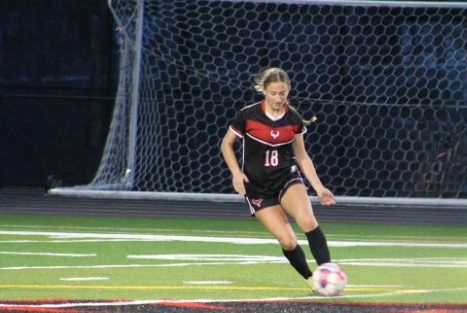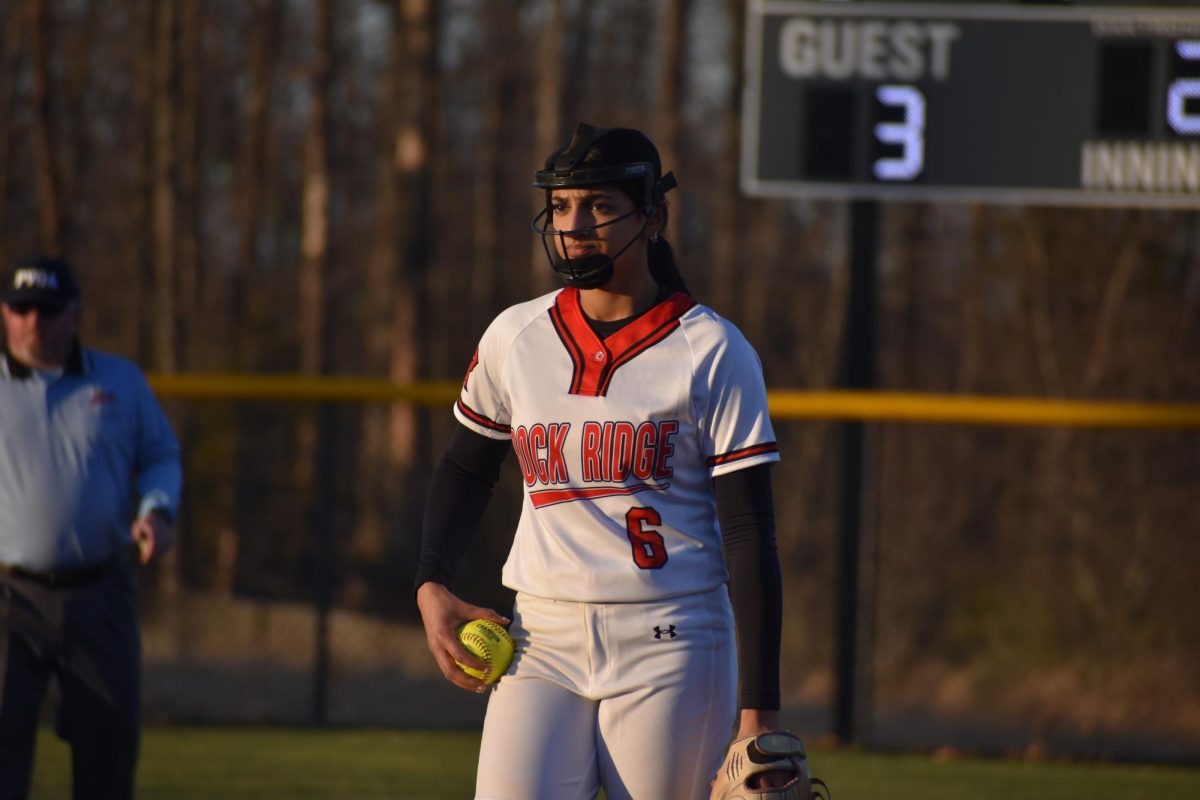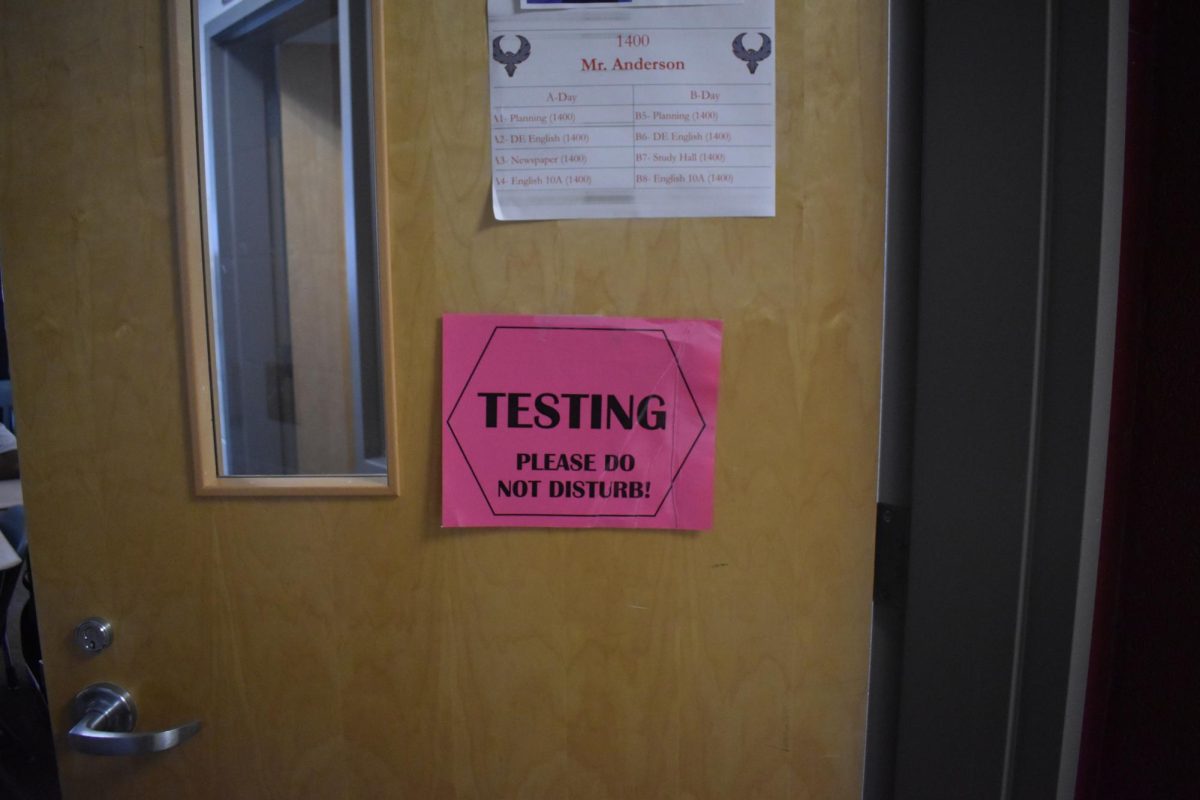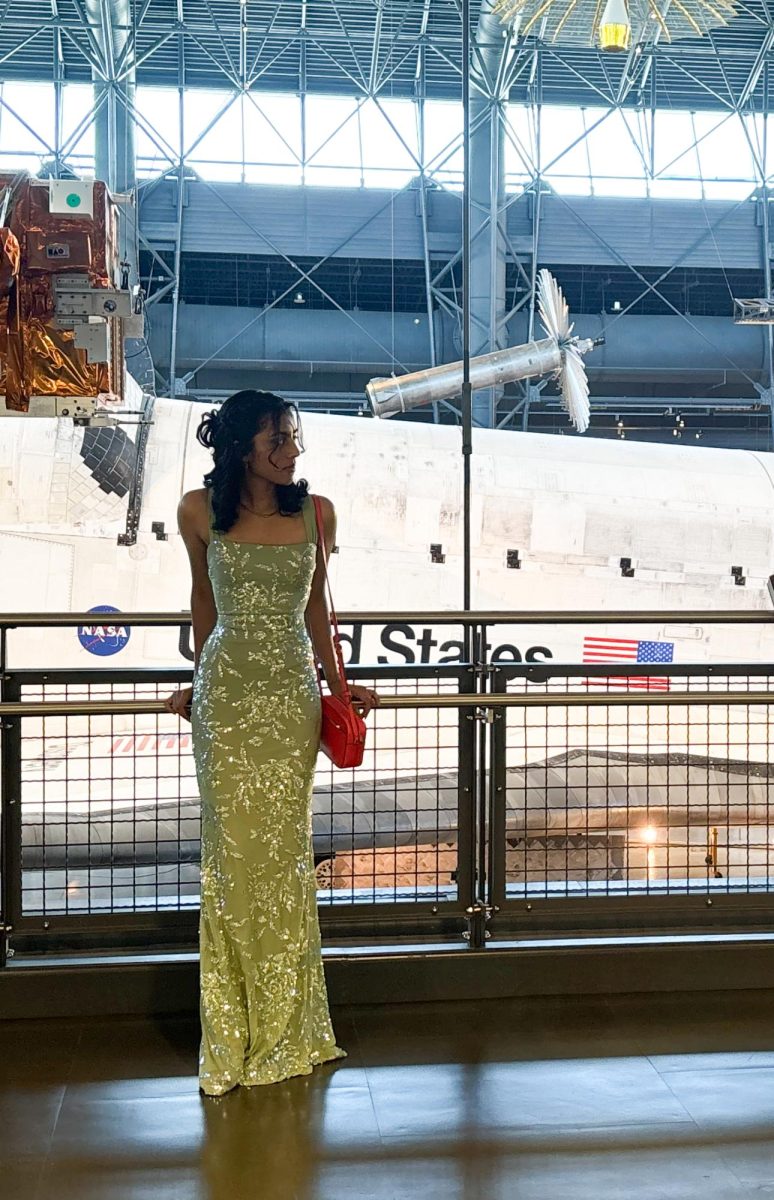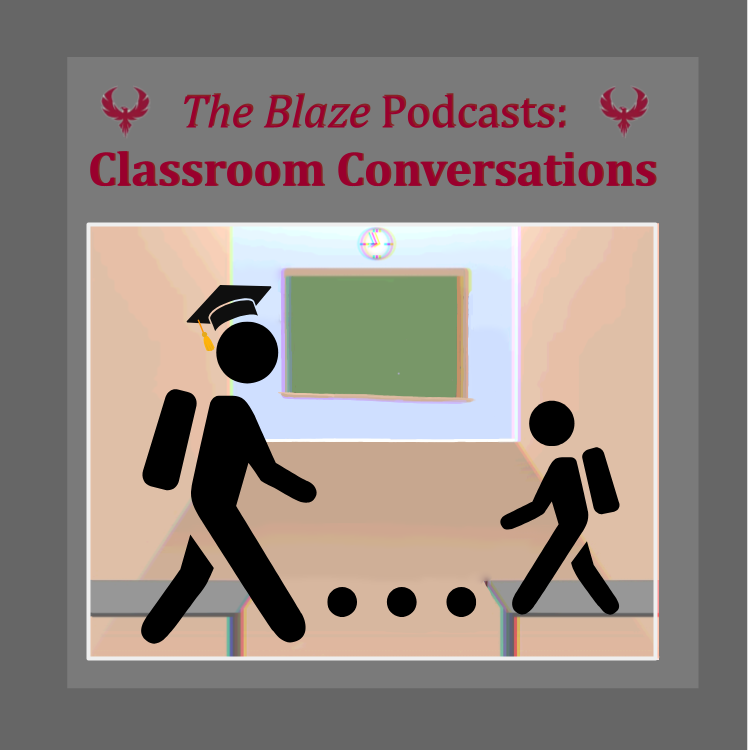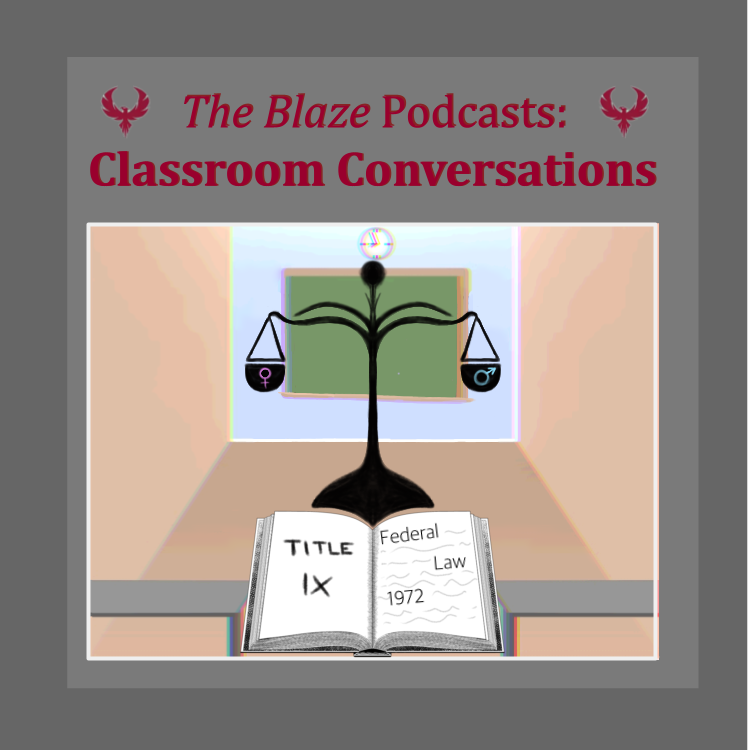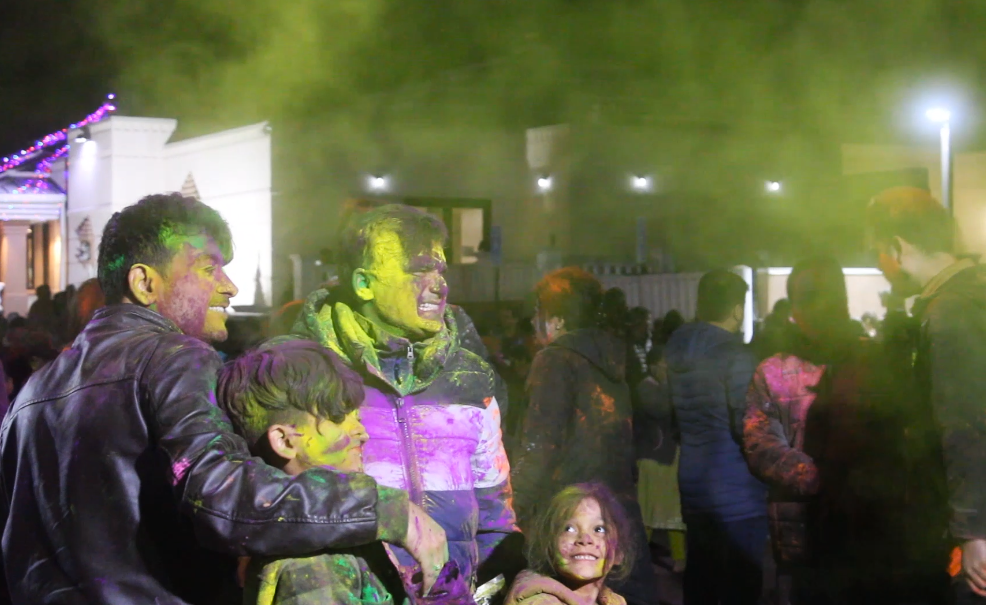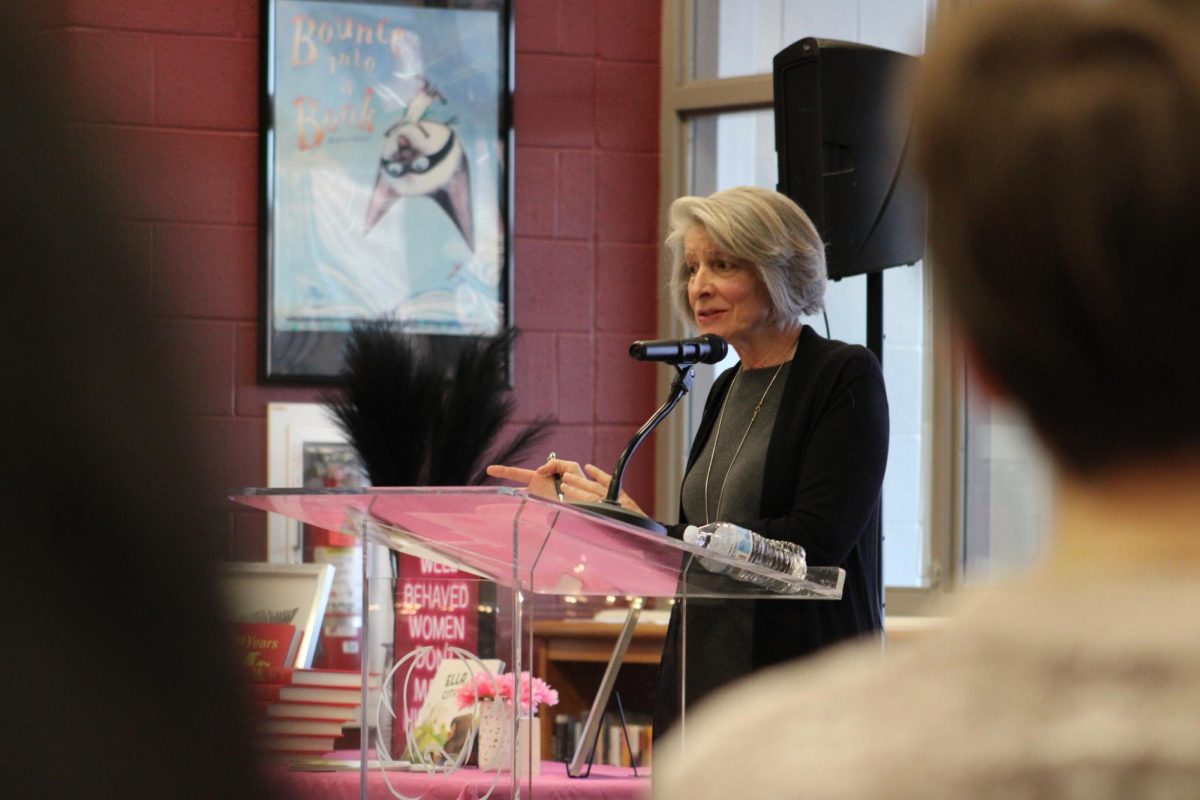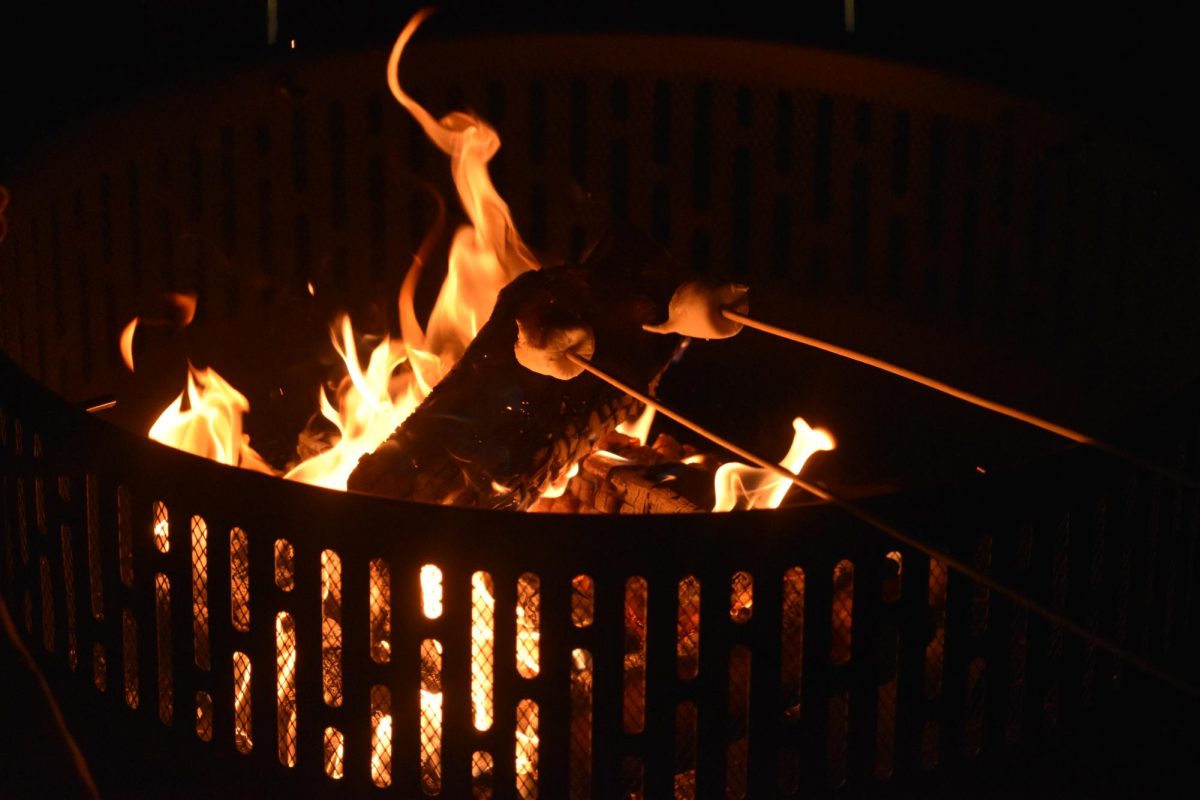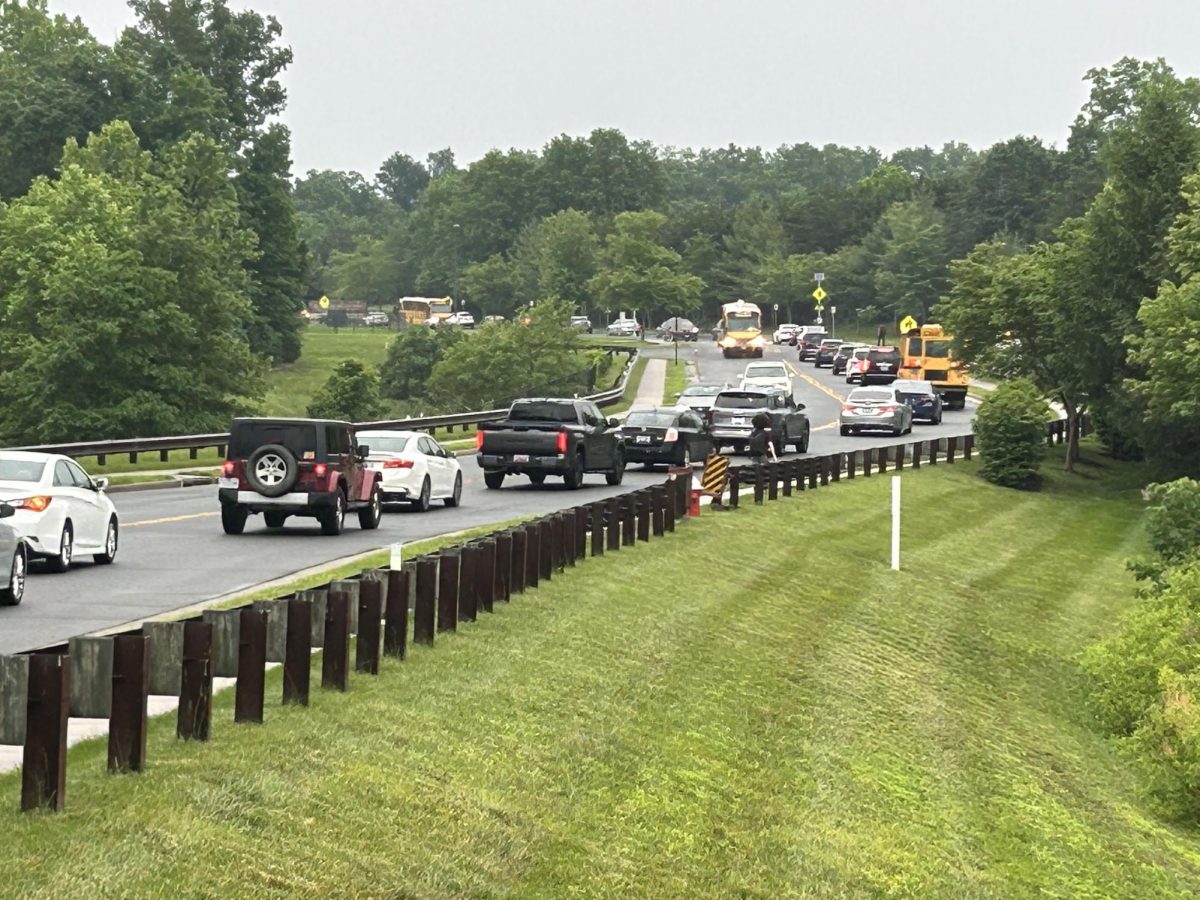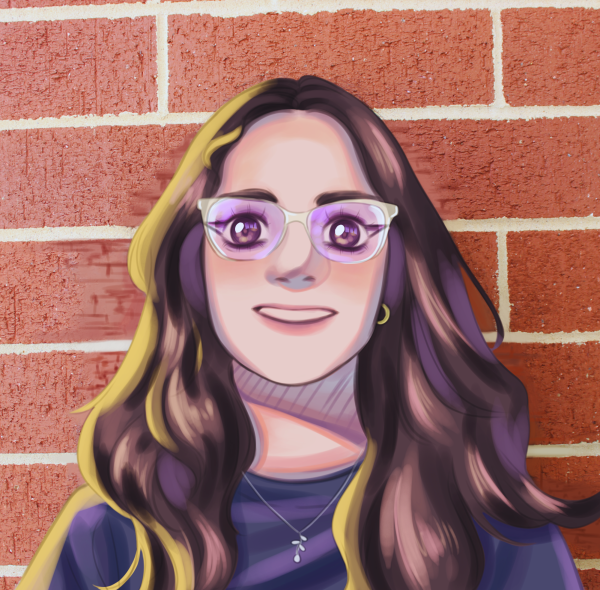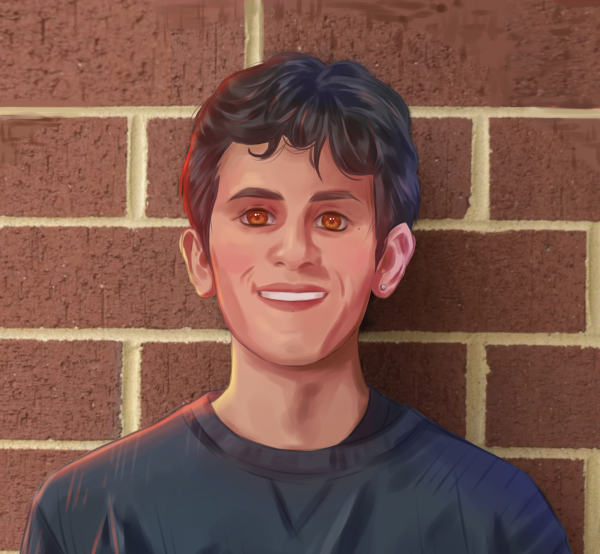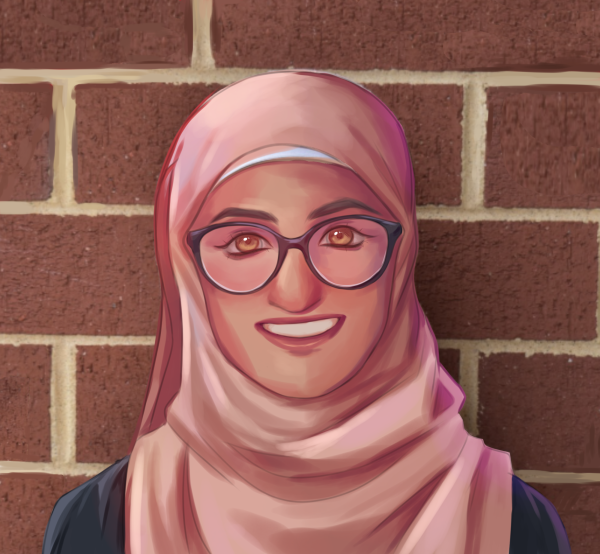It’s 9:15 in the morning and you have a math exam first block. As you turn the corner onto Loudoun Reserve Drive, your smile immediately turns into a frown as you assess the situation in front of you. The car line extends all the way to the beginning of the road, and you immediately begin to panic, knowing that there’s no possibility of making it to your class by the time the bell rings. This is the situation that the majority of the Phoenix student body faces each morning and afternoon, and is a problem that should be addressed by the school administration with potential solutions as soon as possible.
The school’s layout is such that there is only one road that connects Evergreen Ridge Drive to the school parking lot, Loudoun Reserve Drive. Additionally, Rock Ridge High School is in the middle of a neighborhood, making it difficult to get in and out of the complex easily. A problem that arises with increased traffic in the neighborhood is the disturbance that it inflicts on the residents. Every day from 8:30 to 9:30 a.m., cars and buses colonize the streets they live on. Morning traffic is especially challenging for students and residents because the line starts to get backed up around 9:10 every morning, making it difficult for adults who are leaving for work in the morning to leave their own neighborhood and creating a situation where students are late to school.
New drivers are especially prone to high levels of stress in the morning due to the heavily congested lanes. “Traffic in the morning is really hectic because I have to leave [the house] earlier than I really need to,” sophomore Mackenzie Cooper said. “Because there’s only one road, it causes the traffic to back up a lot.” Cooper got her driver’s license recently, and driving to school each morning proves to be a hassle for her because of the long line. “It’s really stressful, especially in the morning,” Cooper said. “Not only do I have to think about where I need to be, but if I’m a little bit late then I know that I’ll be late to school.”
However, the traffic in the morning doesn’t only affect drivers. It affects pedestrians, bus riders, and bicyclists as well. The heavy traffic and congested lanes make it extremely dangerous for students who walk and bike to school to safely cross intersections and crosswalks every morning. Currently, bicyclists share the two sidewalks provided with pedestrians, but that proves to be a concerning safety hazard for many students who walk to school because they have to move out of the way quickly to provide enough space for cyclists to pass by.
A potential solution to this problem would be to add a bicycle lane to Loudoun Reserve Drive to prevent hassle between pedestrians and cyclists. Since the school’s surrounding infrastructure is fully developed, it would be difficult to construct another road overall that connects to the school. A protected bike lane would allow bikers to have a dedicated and uninterrupted lane to go to and from school, and with this extension it would give walkers a safe space to travel to school without interruption.
But this problem runs deeper than just saving time and safety, because so many cars are present in the morning. With only one lane to traverse, commuters are forced to participate and add to the start and stop traffic, which has the effect of adding more carbon to the atmosphere. Striving for a cleaner environment is constantly held back by lazily thought-out infrastructure.
Unfortunately, this problem is not an easy fix, and simply saying that we should just encourage students to bike or walk to school, instead of calling out the city planners for a bad design, is putting the responsibility of decongestion on the students which was not their fault. Many students live far away and have responsibilities that require a car, like picking up a sibling or having to get to an after-school job, so it’s not that students don’t care about the environment or don’t care about long car lines — they are victims of thoughtless design not the proponents of the congestion.
We are not city planners nor civil engineers, so it’s difficult to come up with a solution that addresses the nuances a professional might bring to the table, but something has to be done. An accessible bike lane could span from the end of the merged lanes of Loudoun Reserve Drive and rejoin the sidewalk at the start of the black asphalt, which is a wider lane that can host both walkers and bikers comfortably. On the other side going aways from the school, the bike lane would stretch from the end of the wider sidewalk in front of Rosa Lee Carter Elementary all the way to the end of Loudoun Reserve Drive. The bike lane would protrude around four to five feet from the sidewalk, which gives enough space to host both cars on the road and bikers.
Because the driving population of Rock Ridge are young, inexperienced teenagers, who may not have driven near a bike lane before accounting for the lack of them in this area, it’s important for this new lane to be safe. Protecting bikers with on the ground rubber dividers is not doing enough, so replacing those dividers with tall plastic dividers that are easily visible ensures that new drivers know not to go on the bike lane and gives bikers a sense of safety when biking near a car.
Morning and afternoon traffic proves to be a prominent struggle for the majority of the student body every day. We are hopeful that the school leadership works to find a solution to the traffic problem. A step in the right direction would be working with city planners and county officials to work towards a change in infrastructure that addresses the detrimental traffic that Rock Ridge students experience.

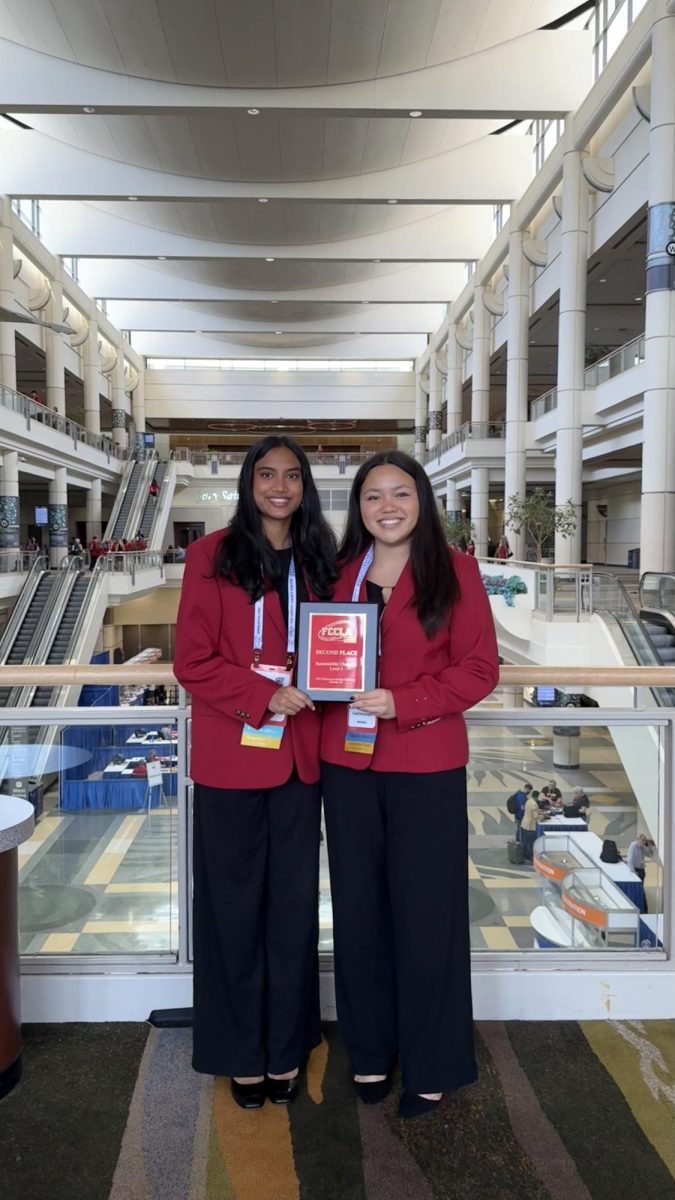
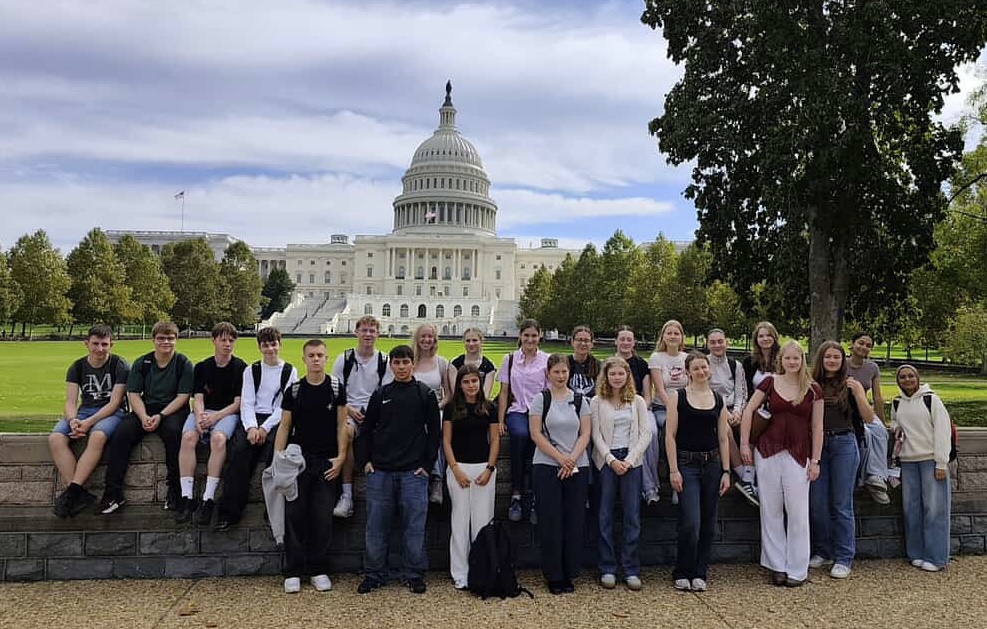
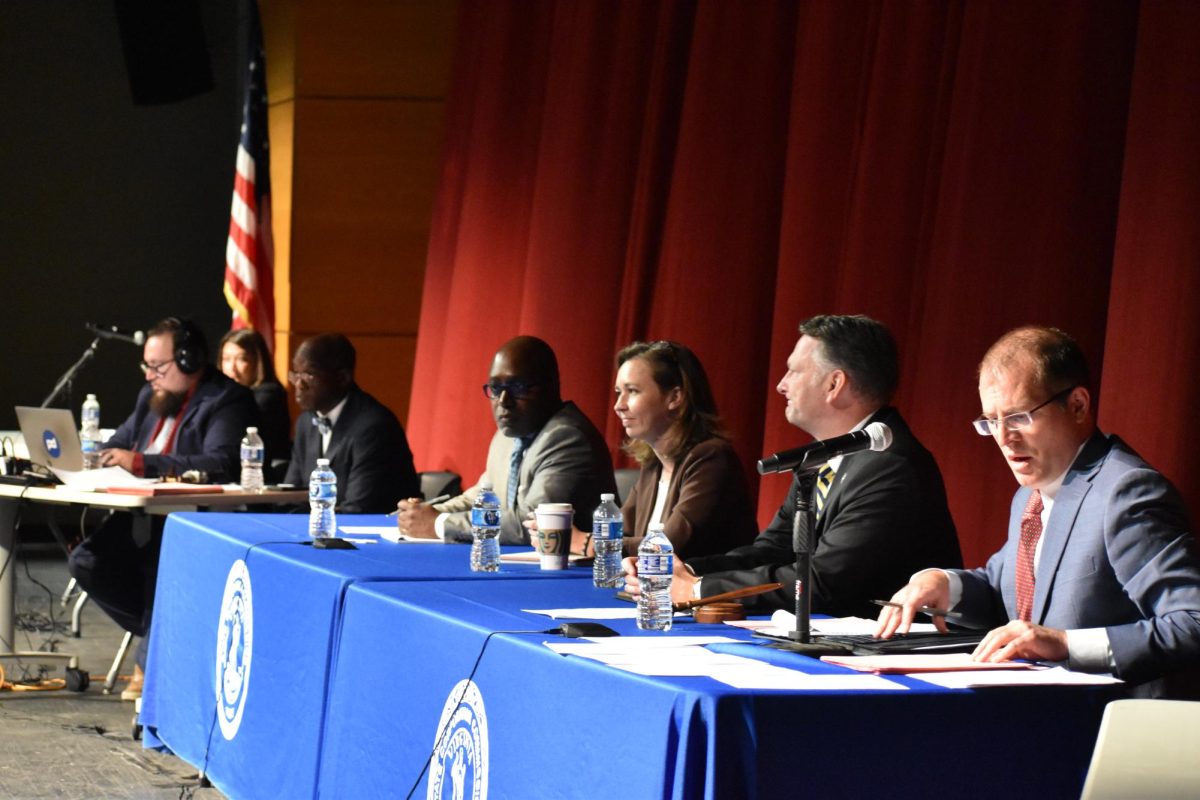
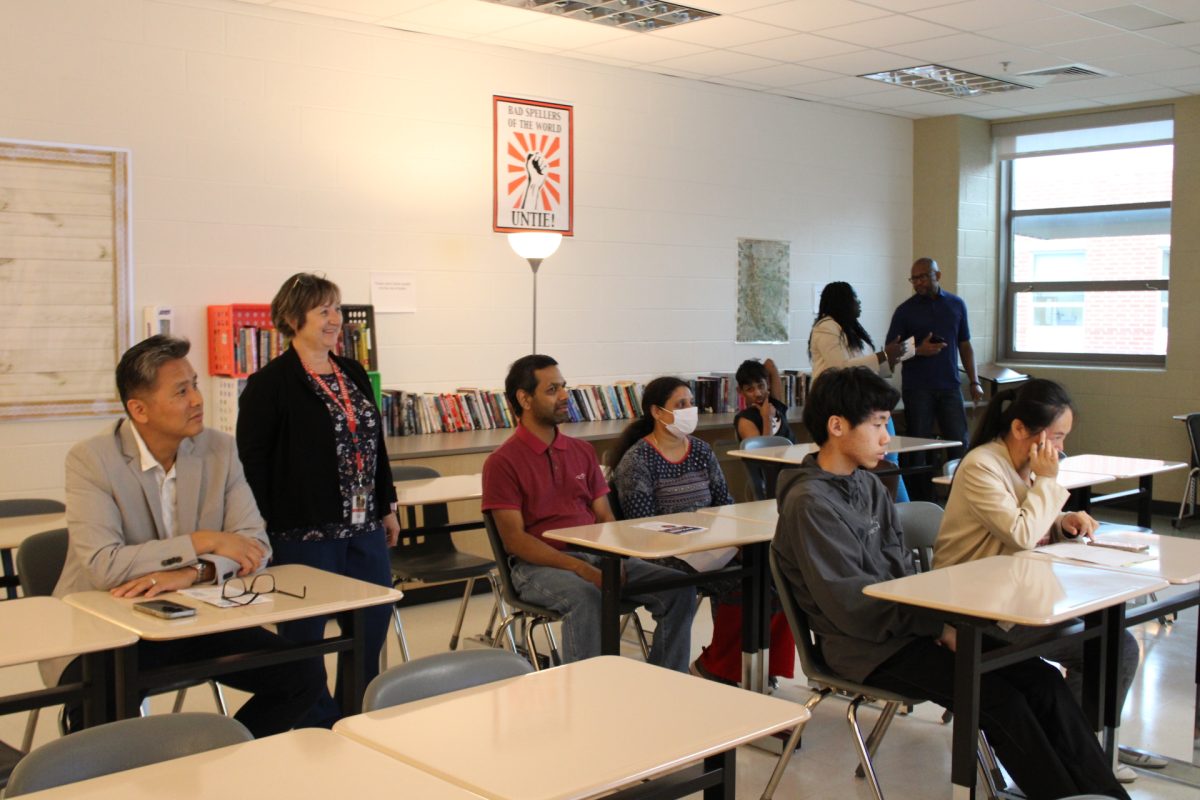
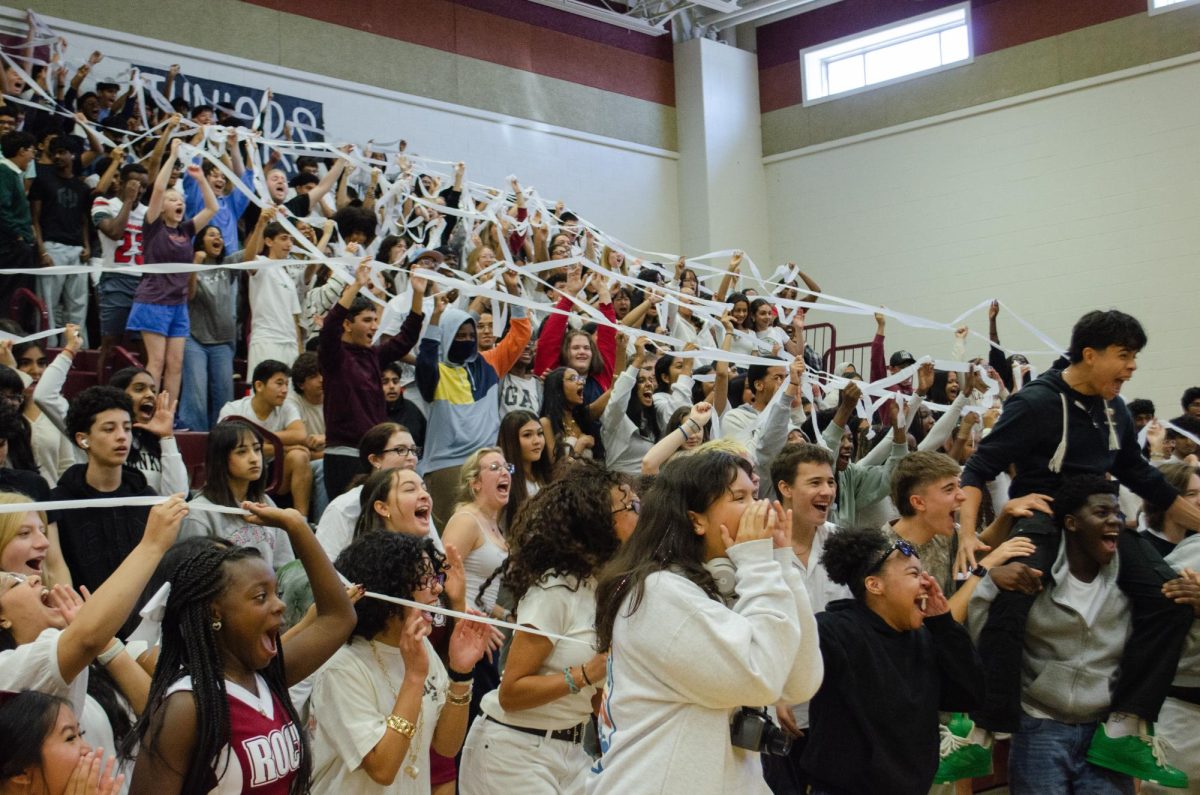

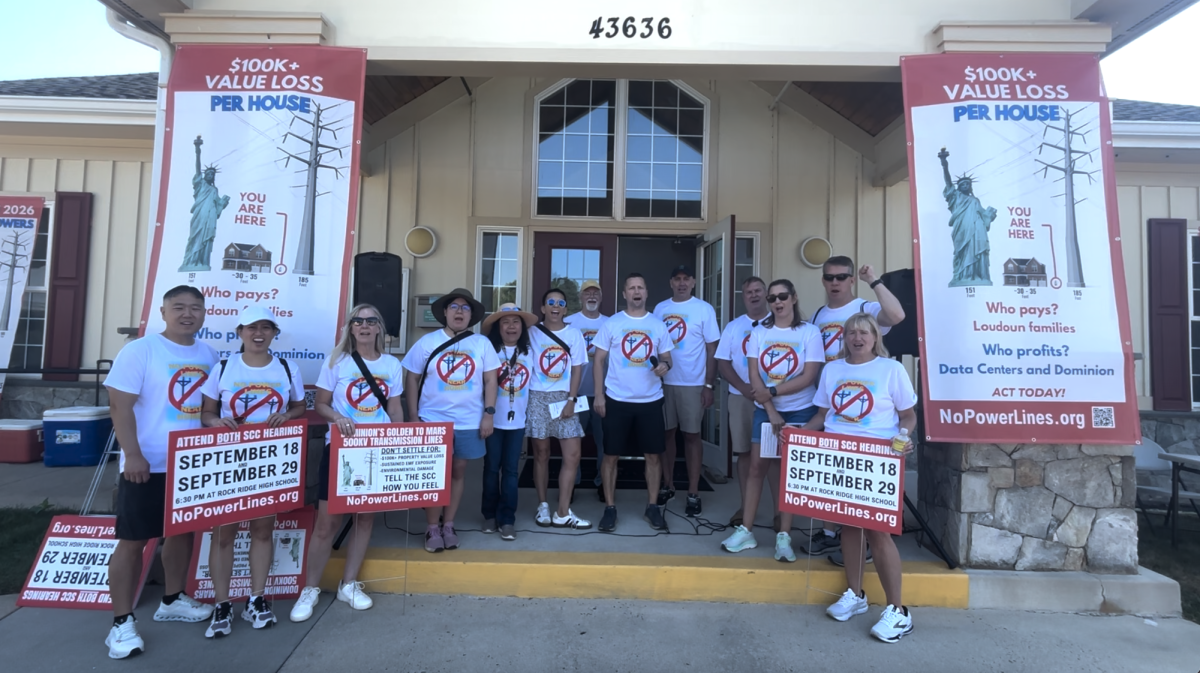
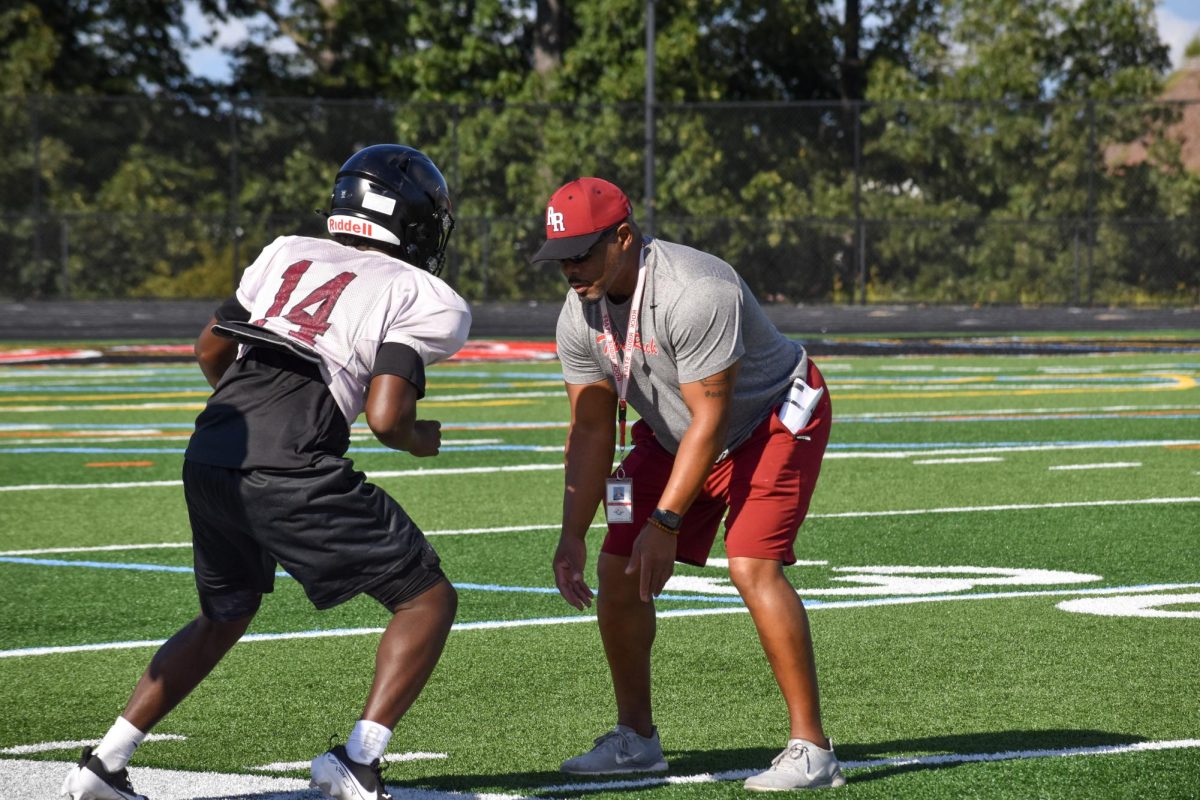

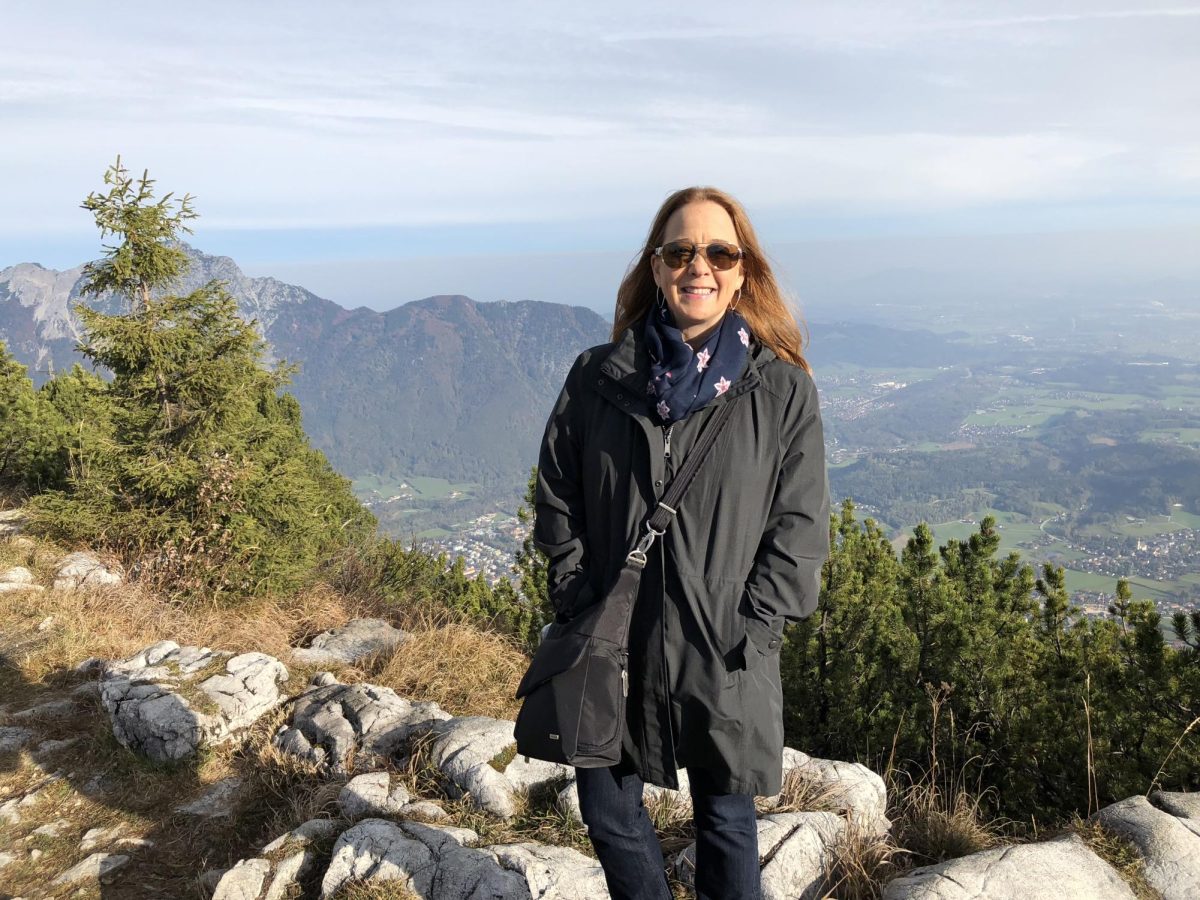
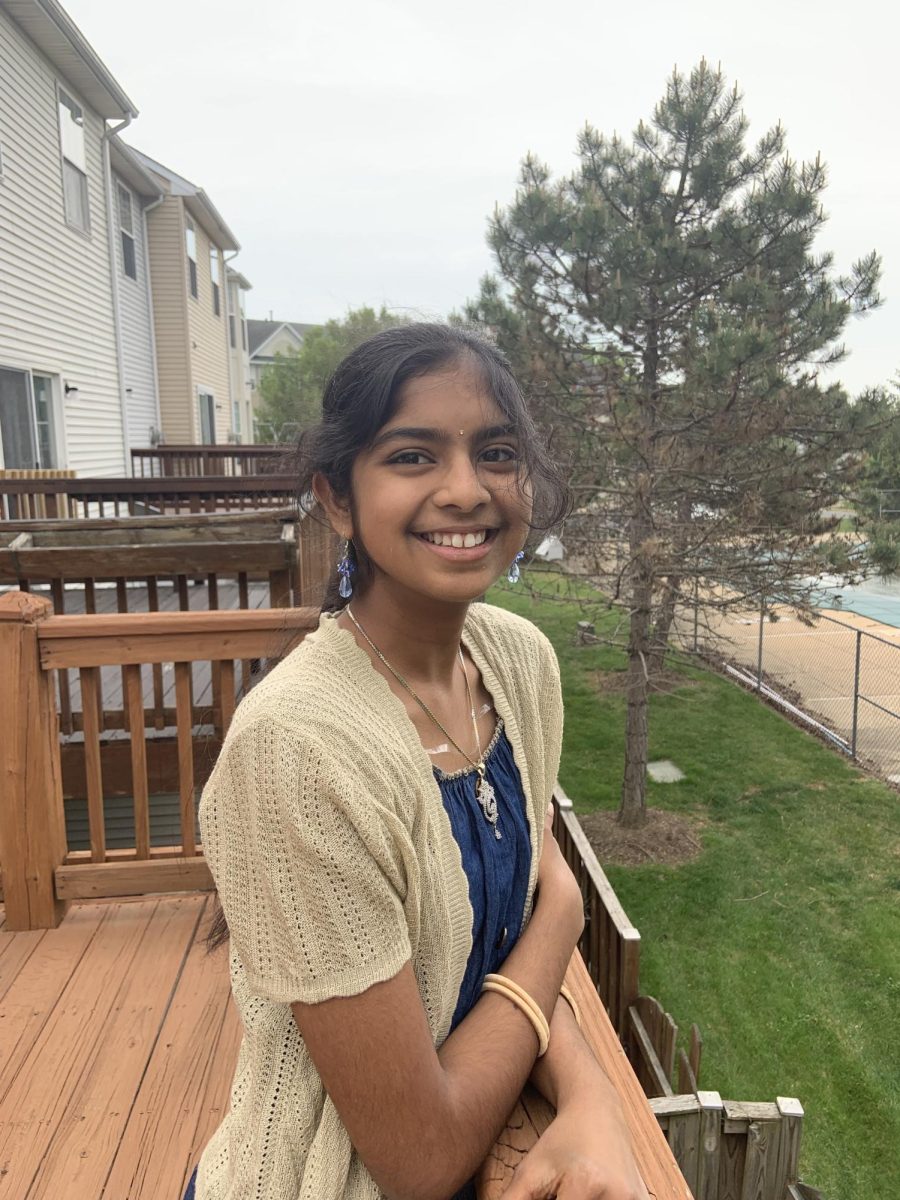
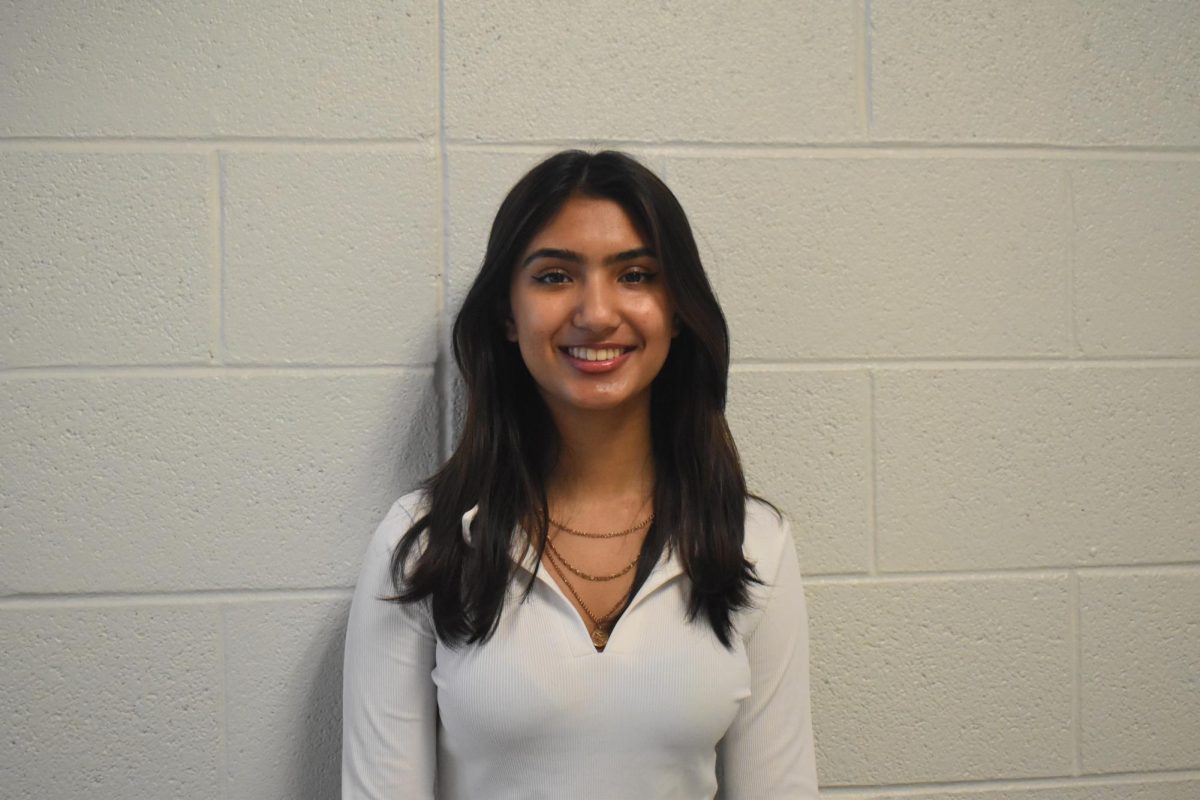

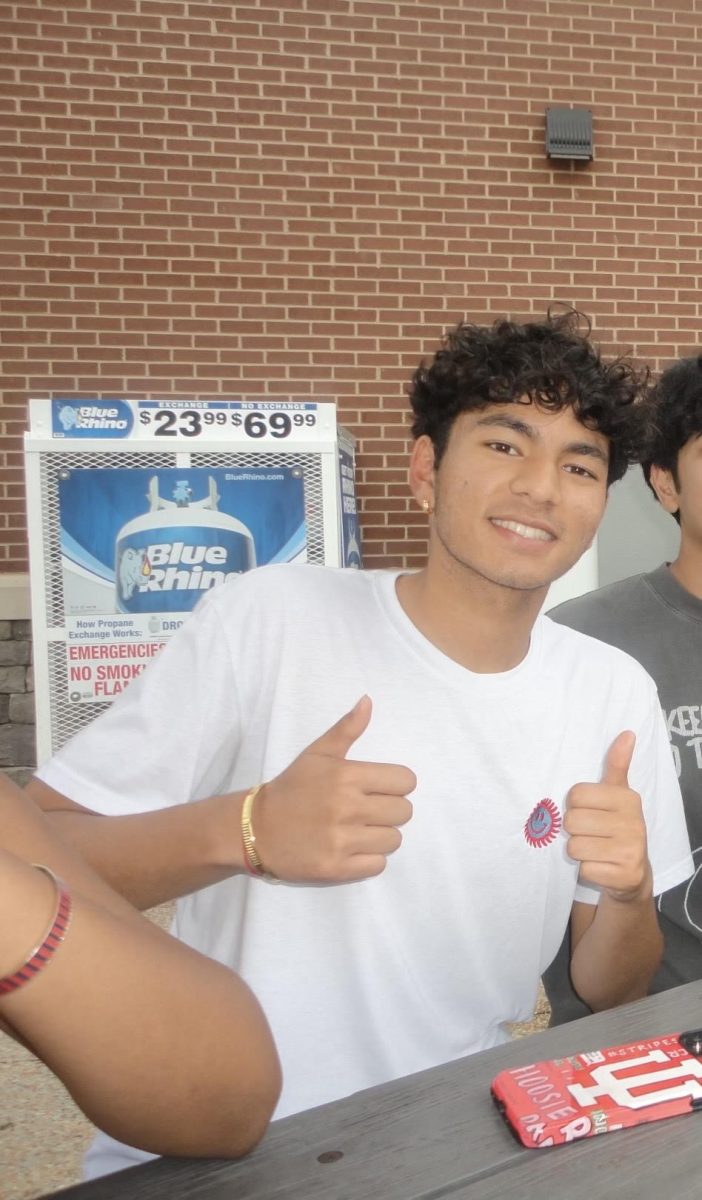
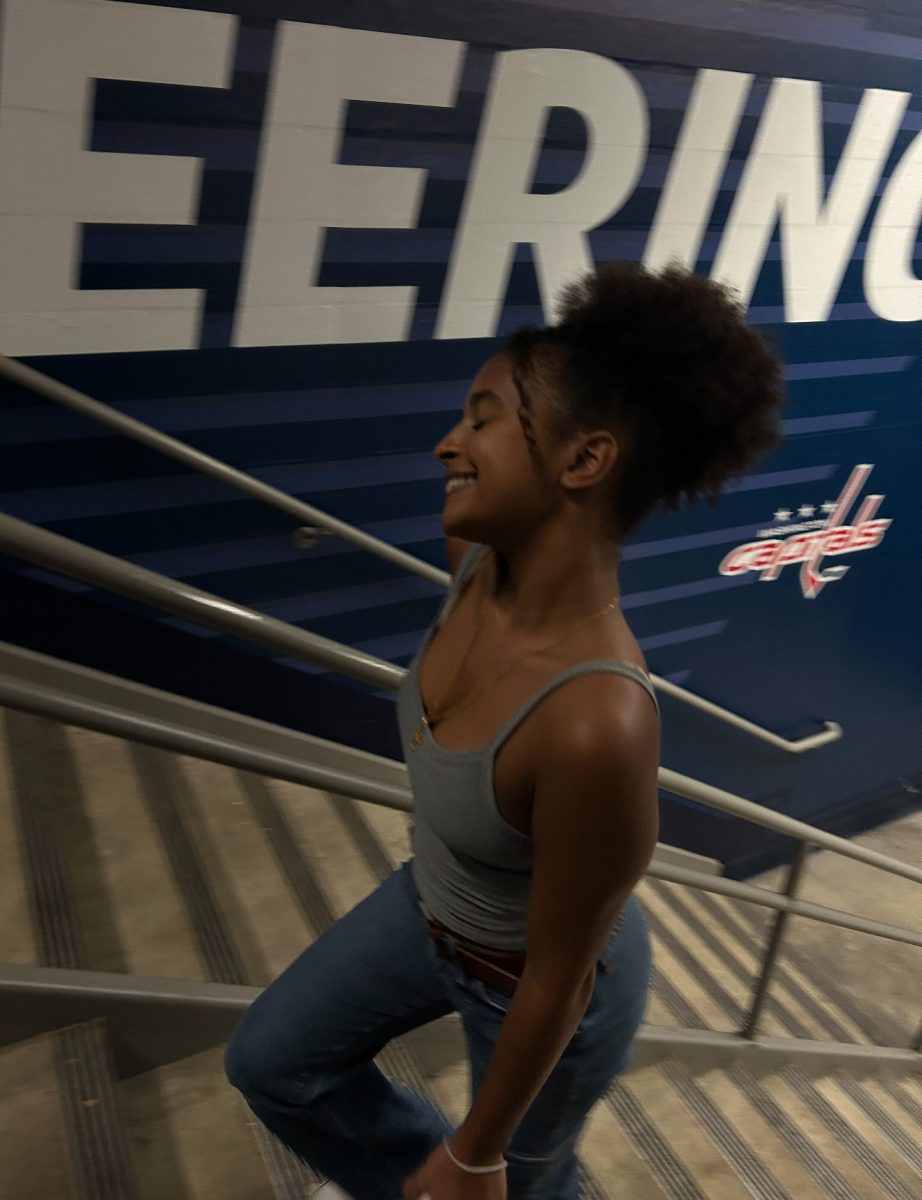
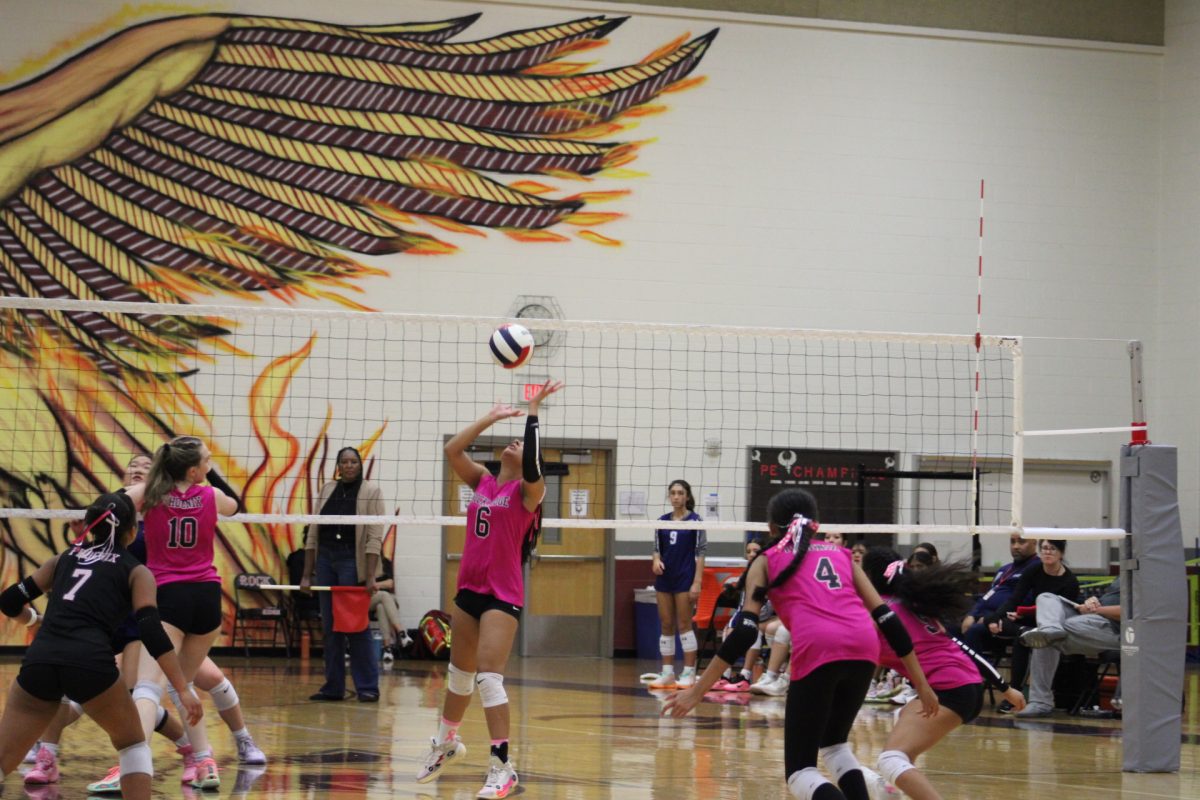
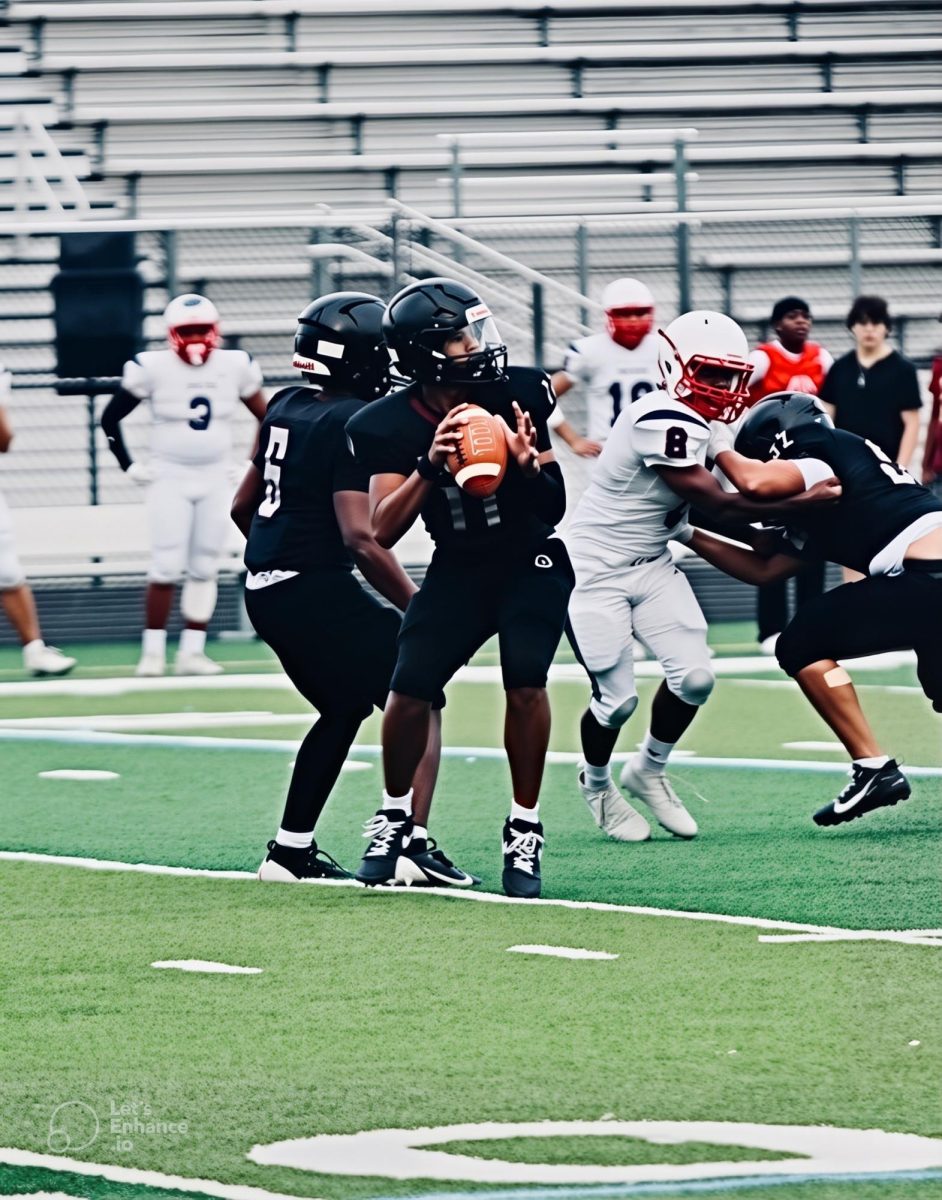
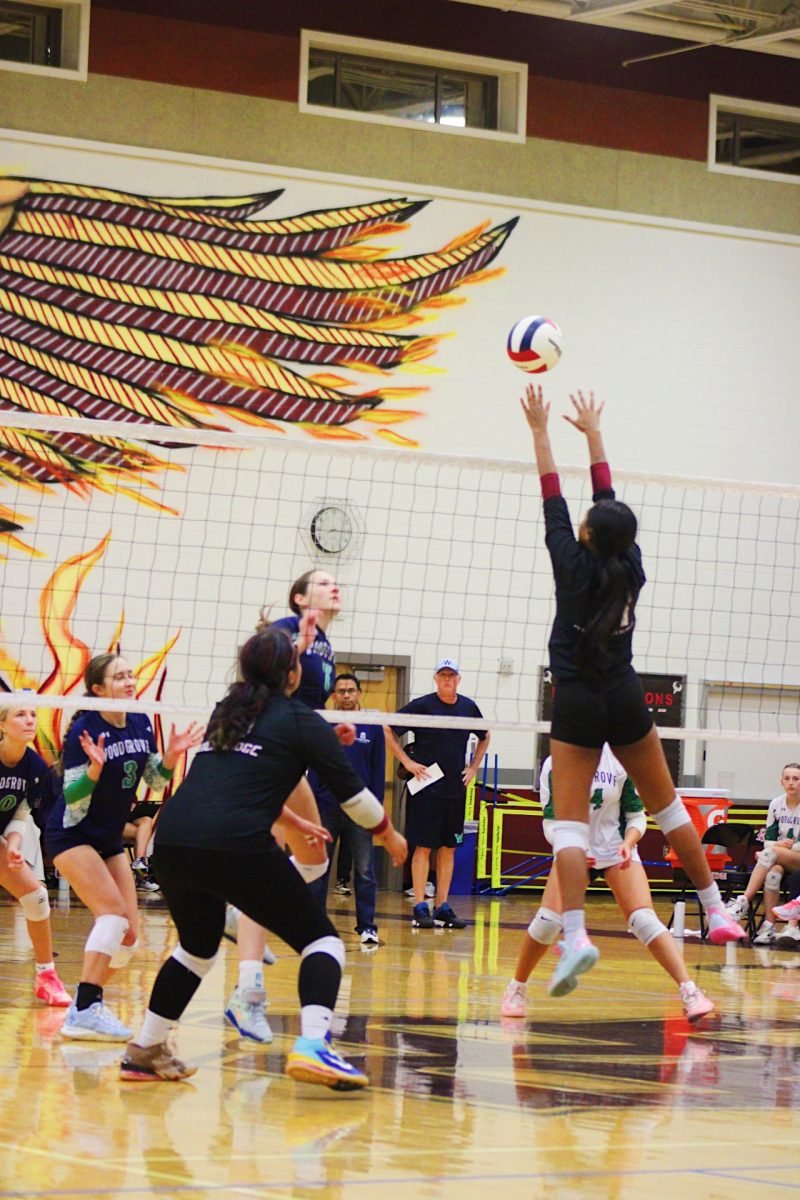
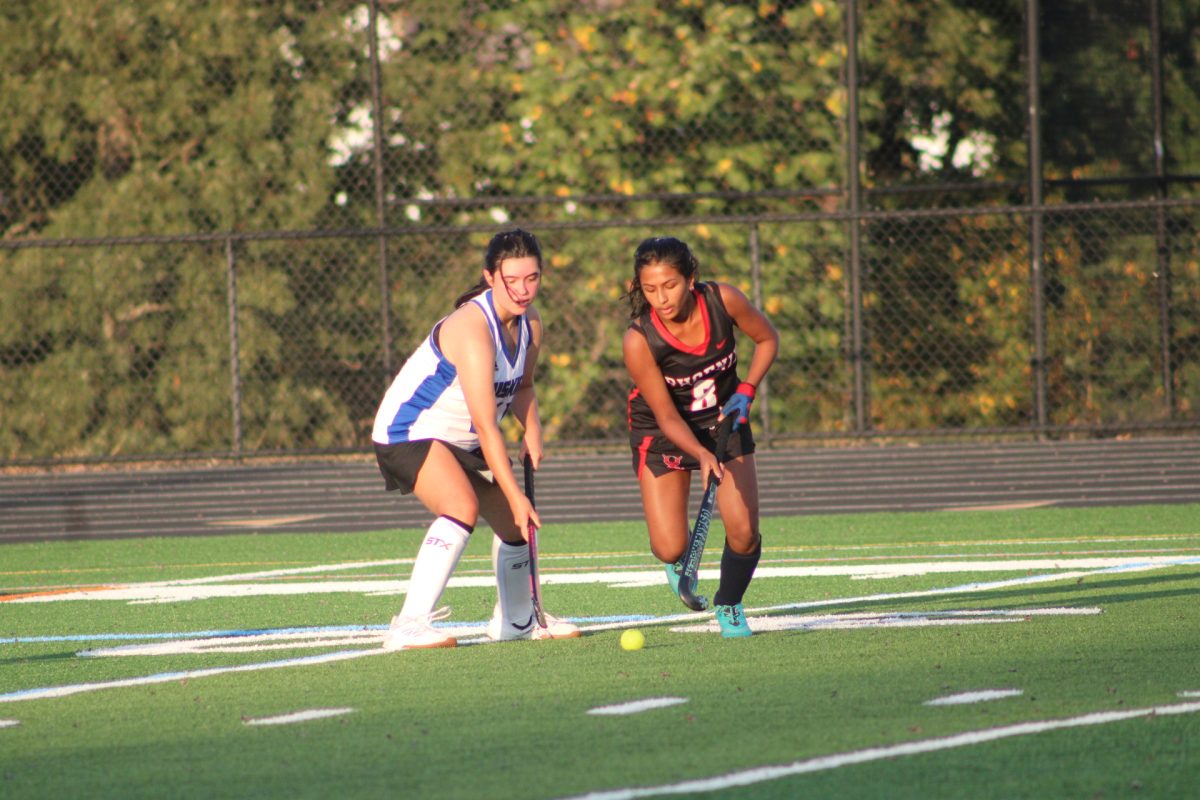
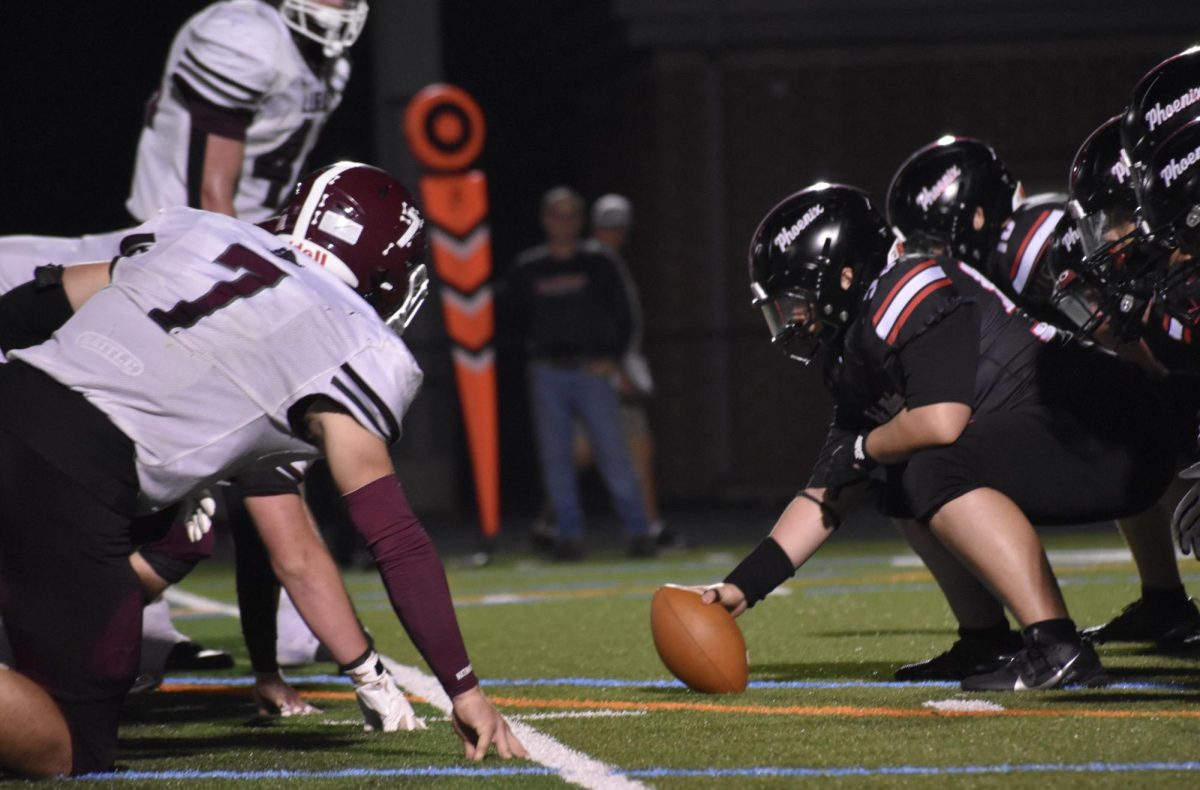



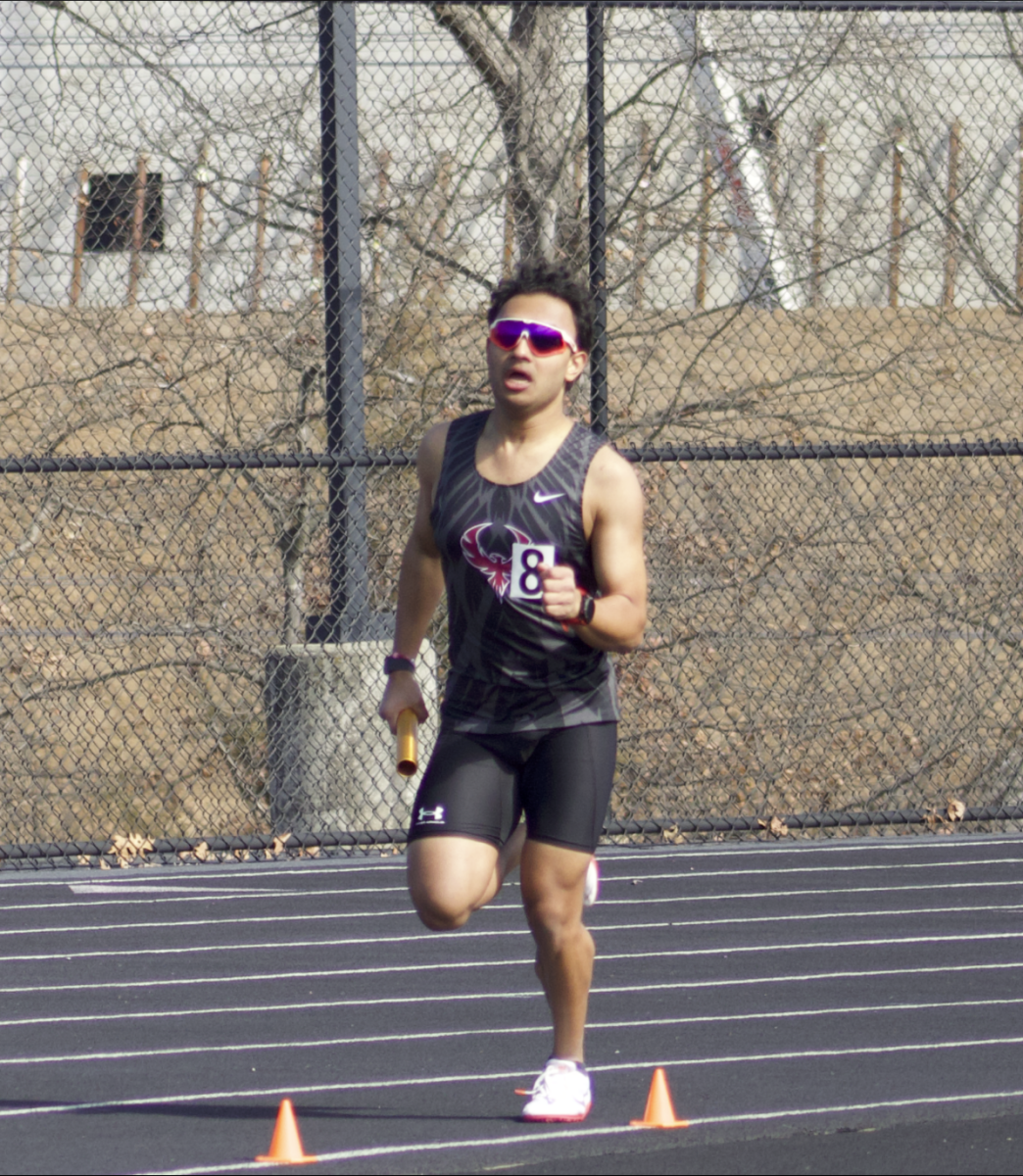
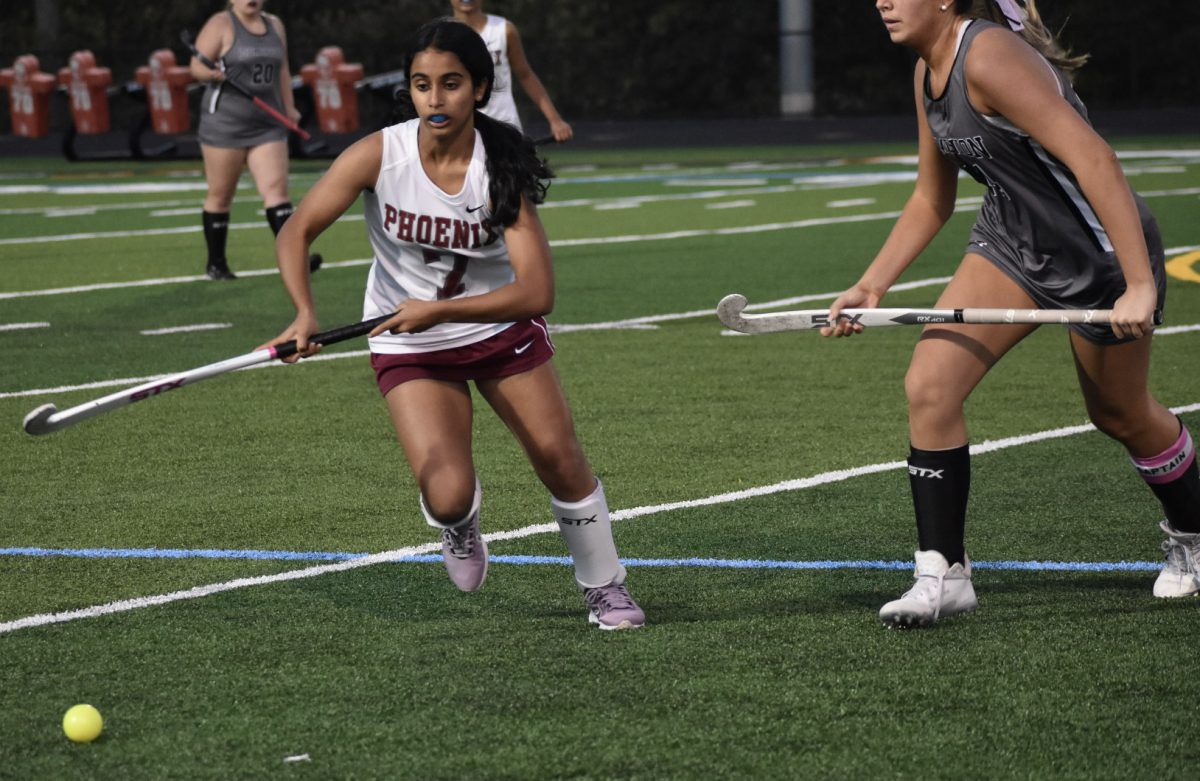
![The Phoenix varsity volleyball team lines up for the national anthem. “We were more communicative [with each other] during this game, and I feel like we kept our energy up, especially after the first set,” senior Jessica Valdov said.](https://theblazerrhs.com/wp-content/uploads/2024/10/DSC_0202-1200x800.jpg)
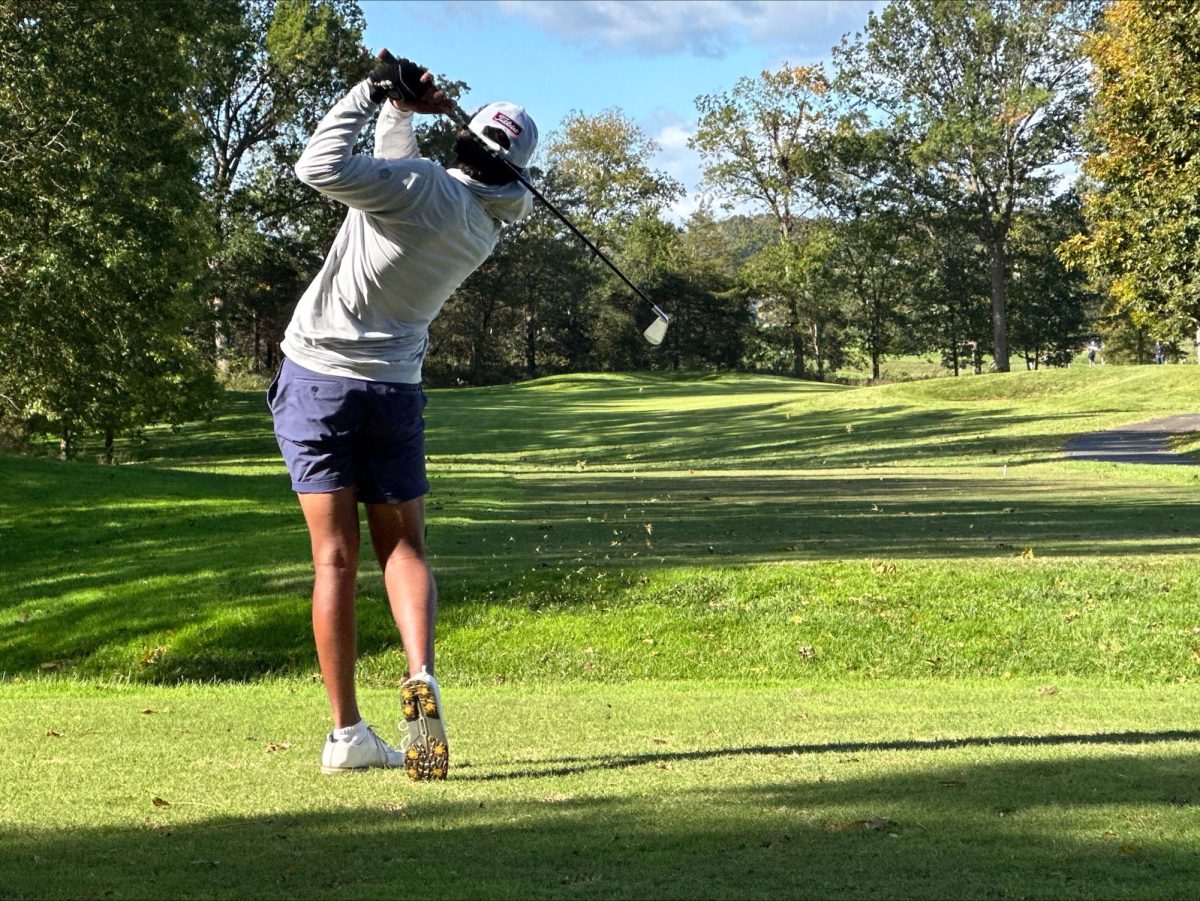
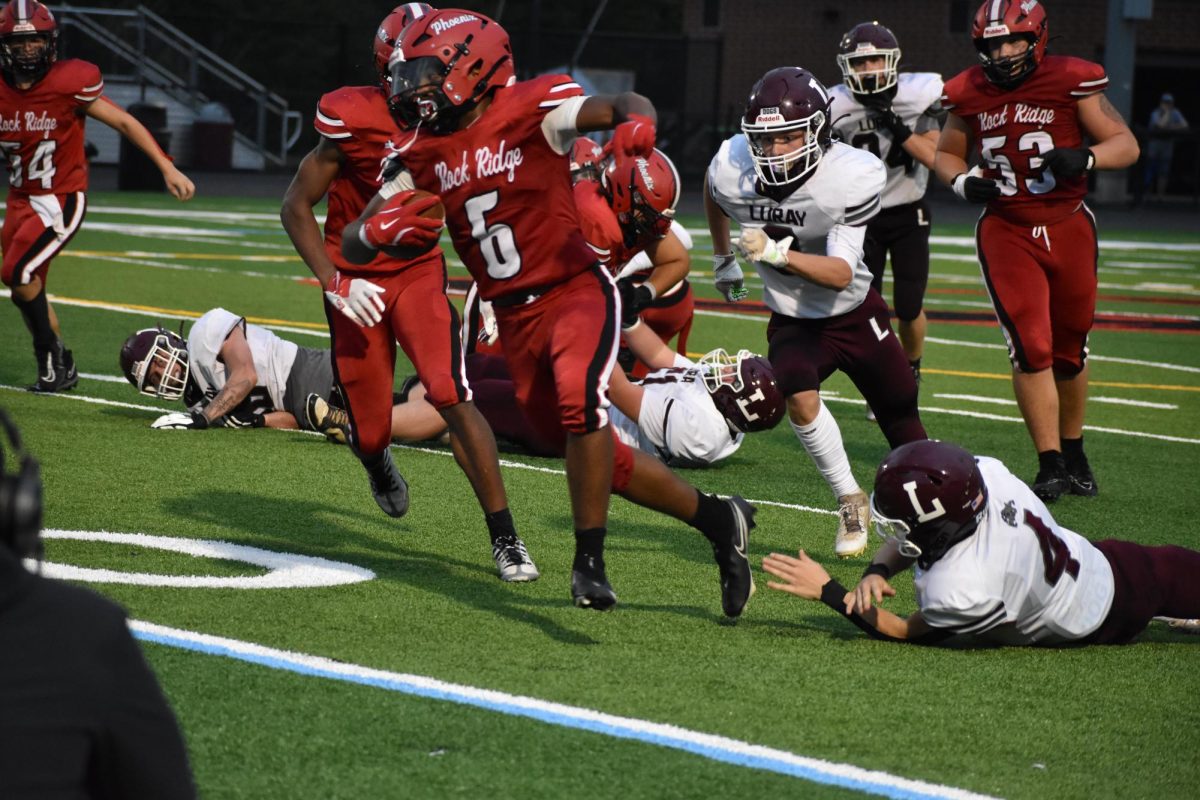
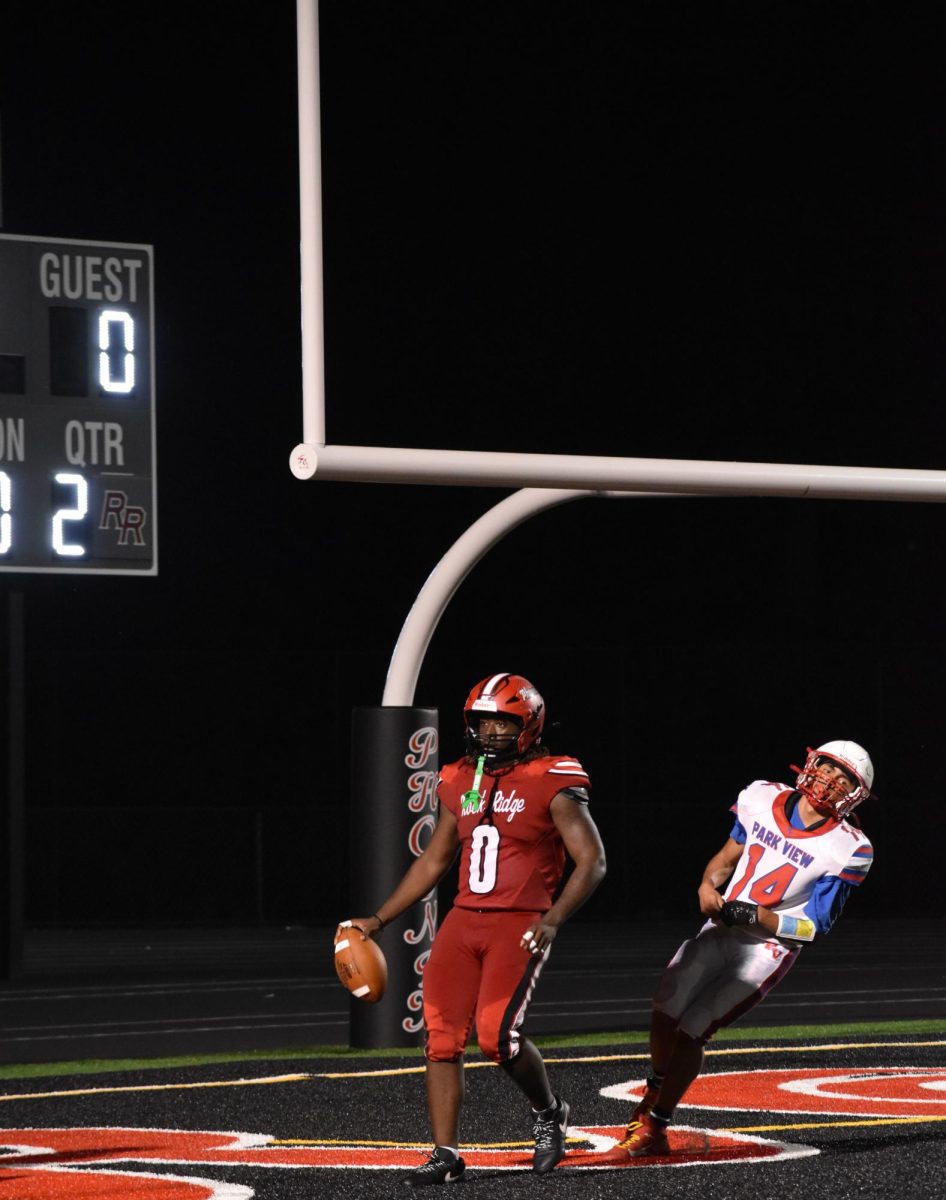
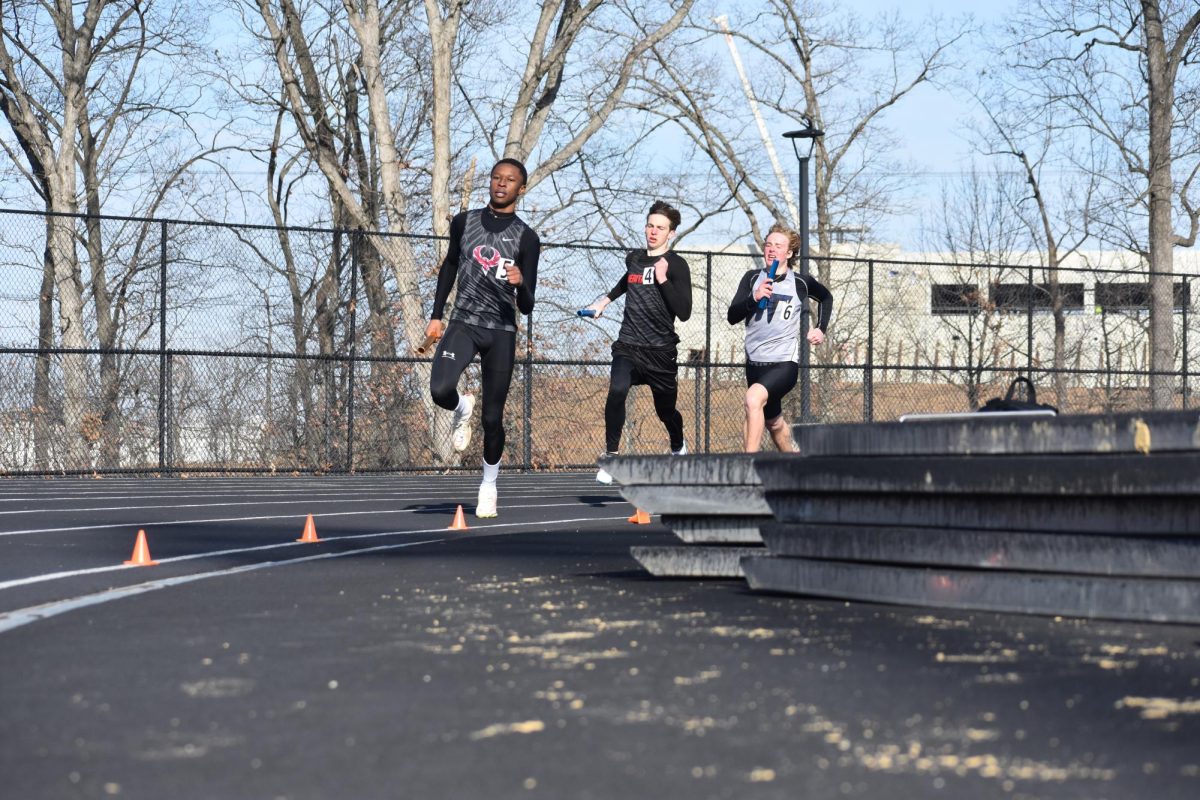
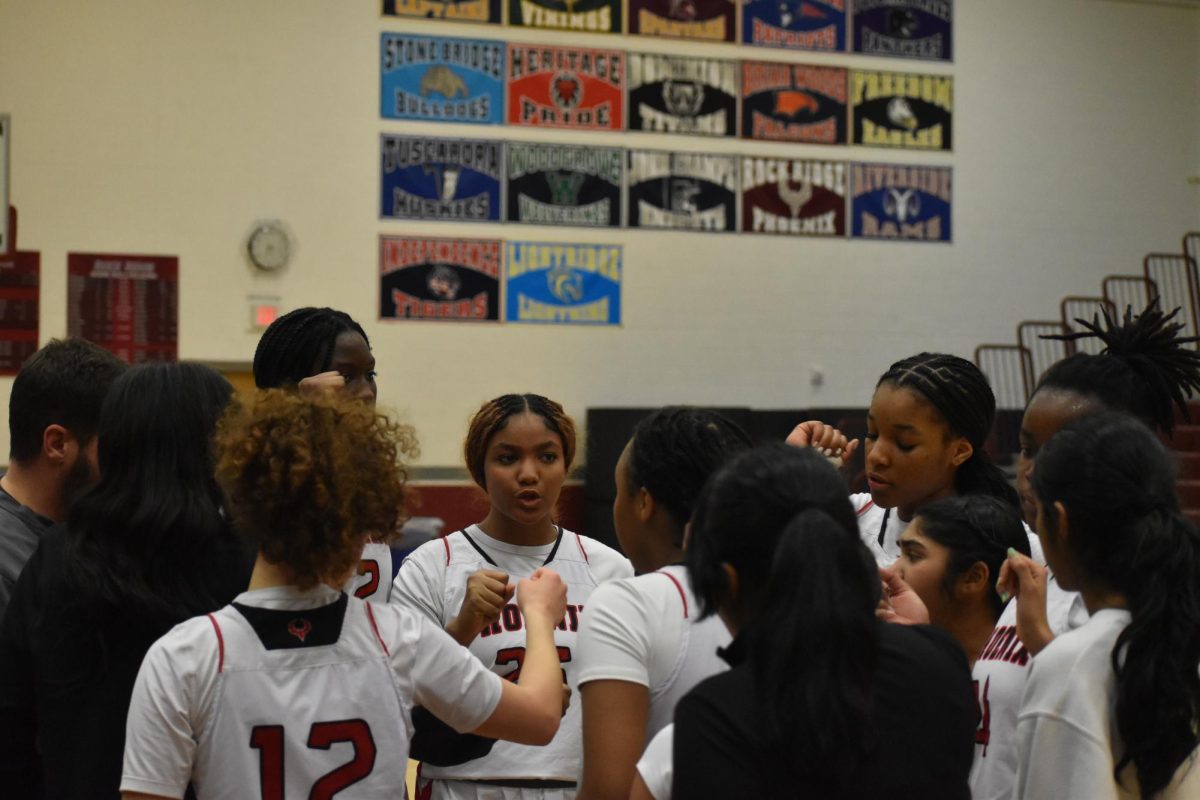
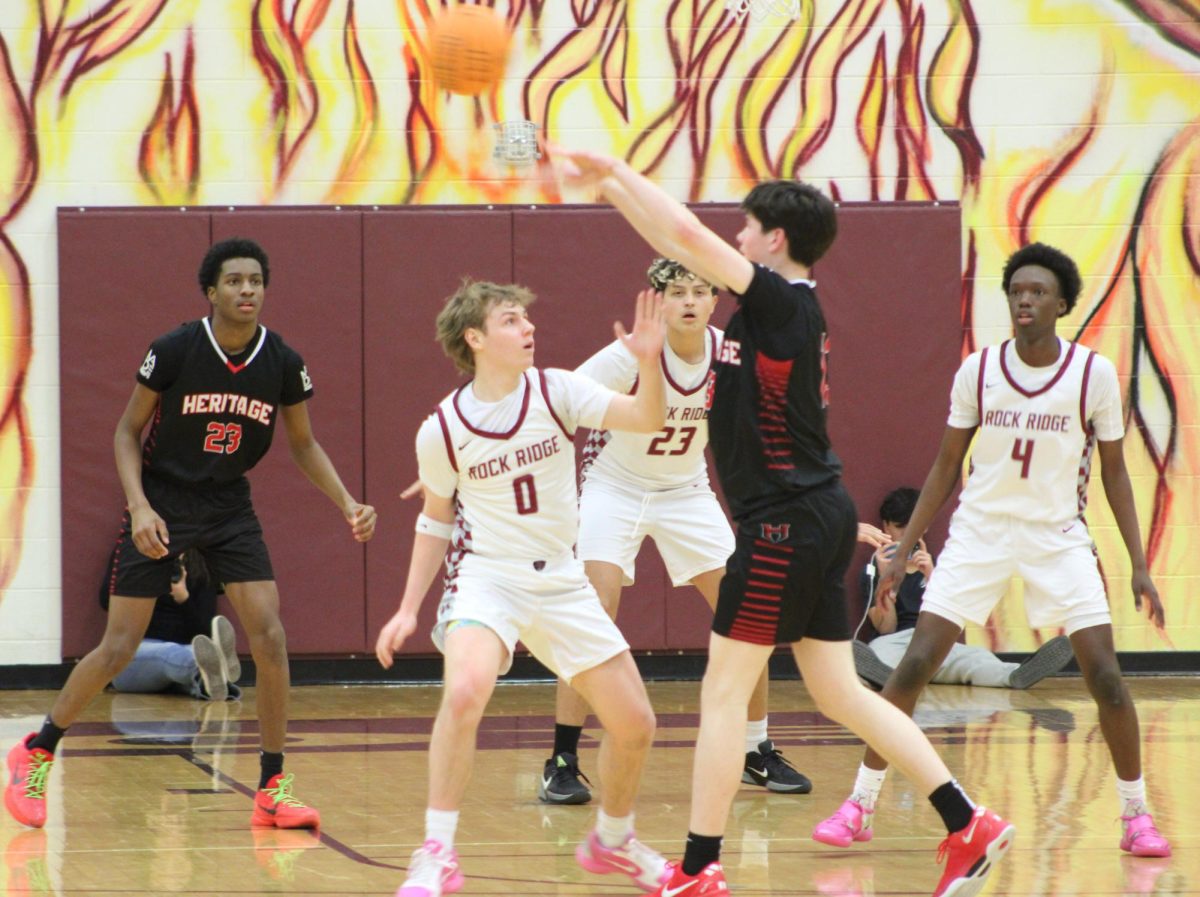
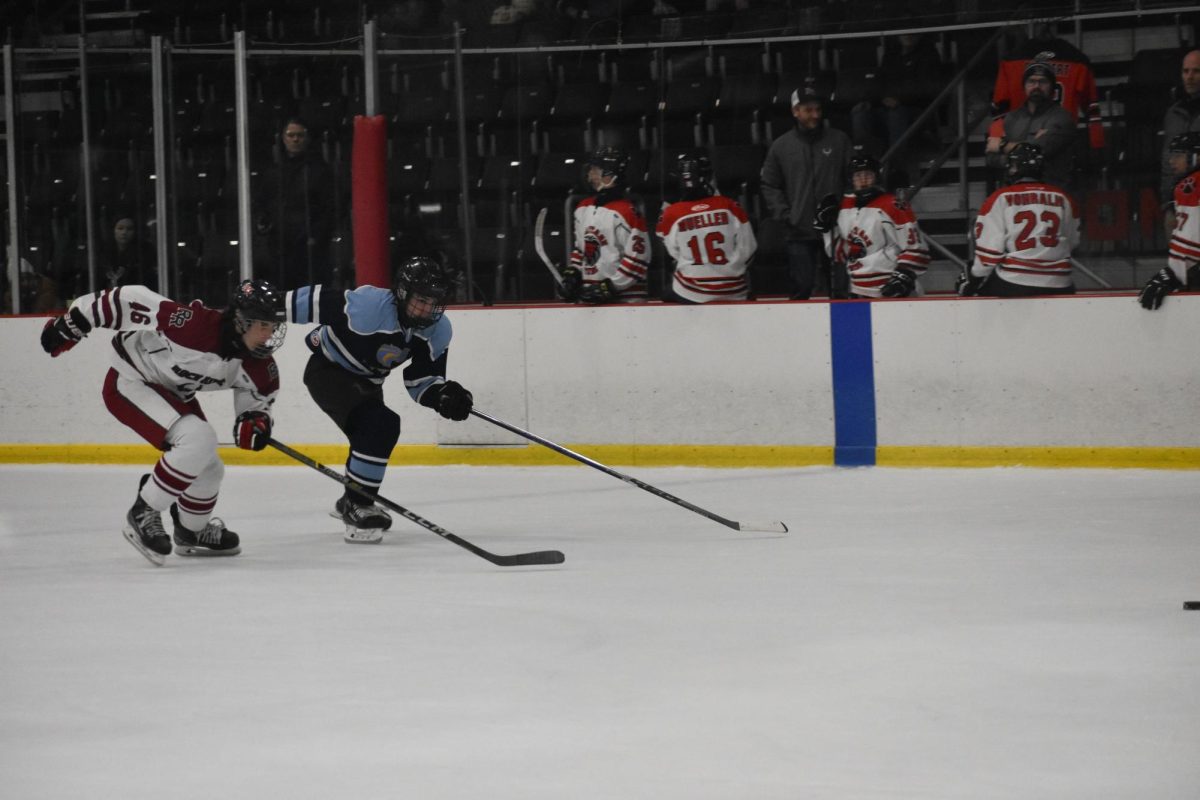
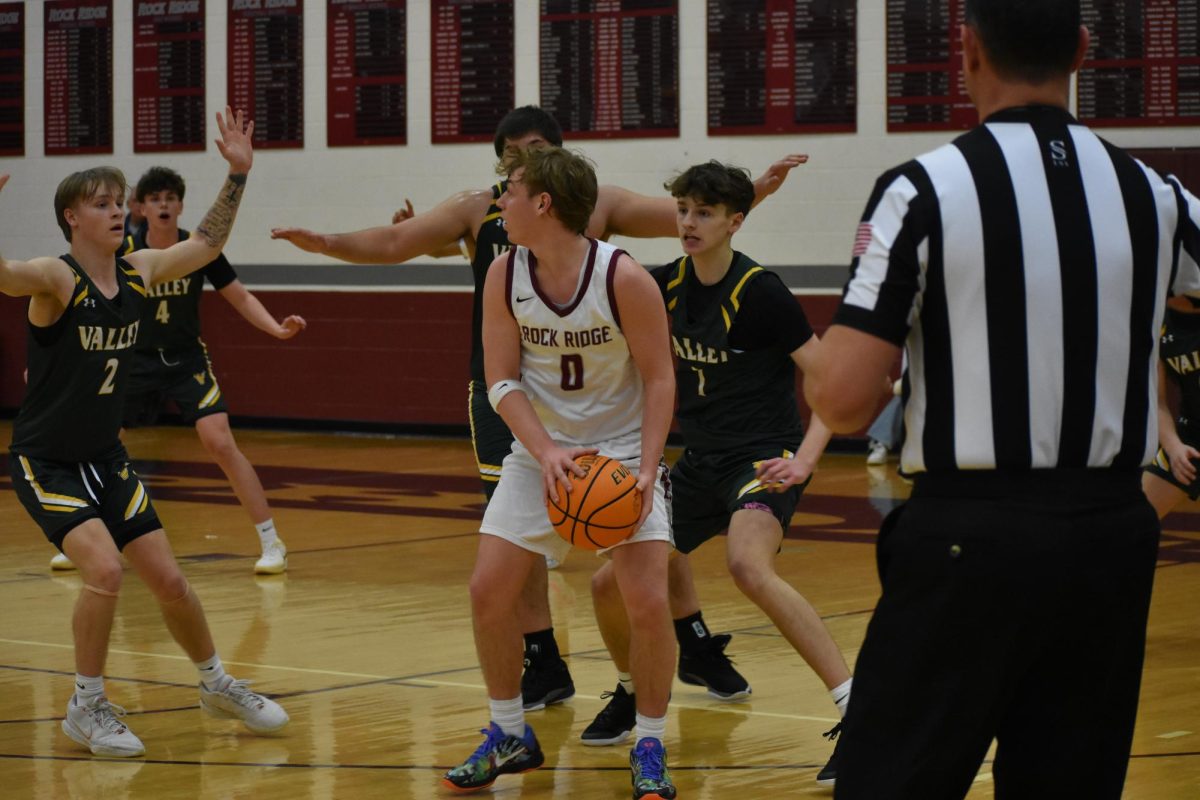
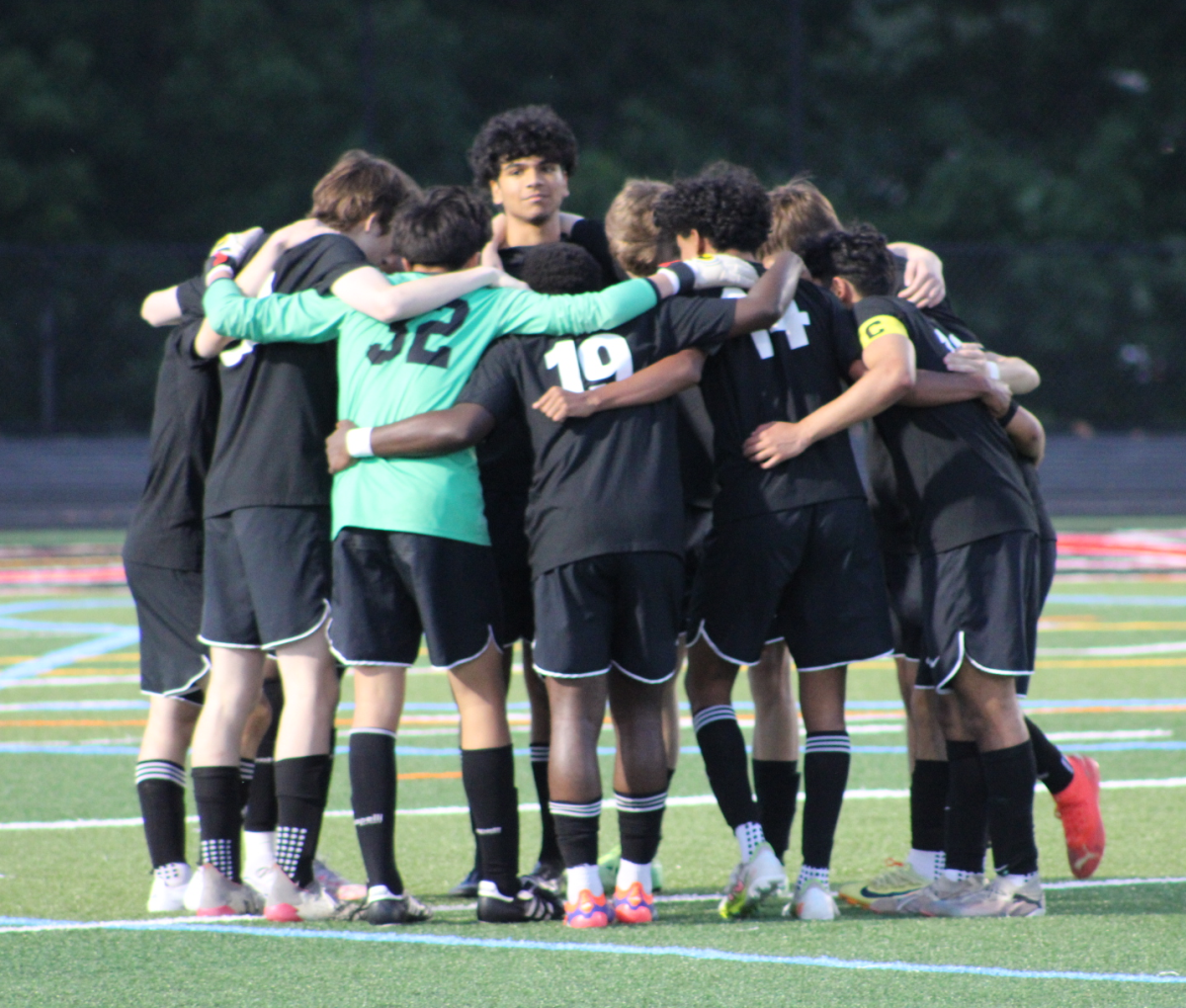
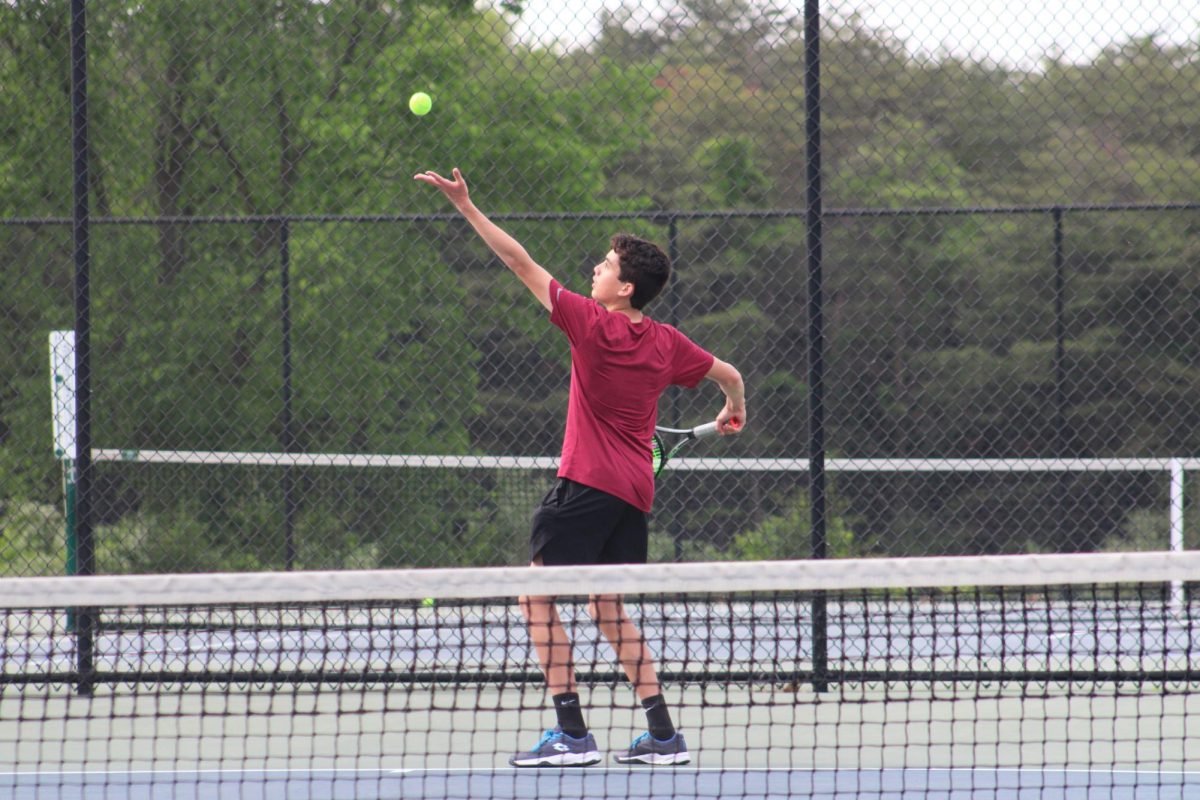
![Junior Alex Alkhal pitches the ball. “[I] just let it go and keep practicing so we can focus on our goal for the next game to get better as a team,” Alkhal said.](https://theblazerrhs.com/wp-content/uploads/2025/05/DSC_0013-1-1200x929.jpg)
